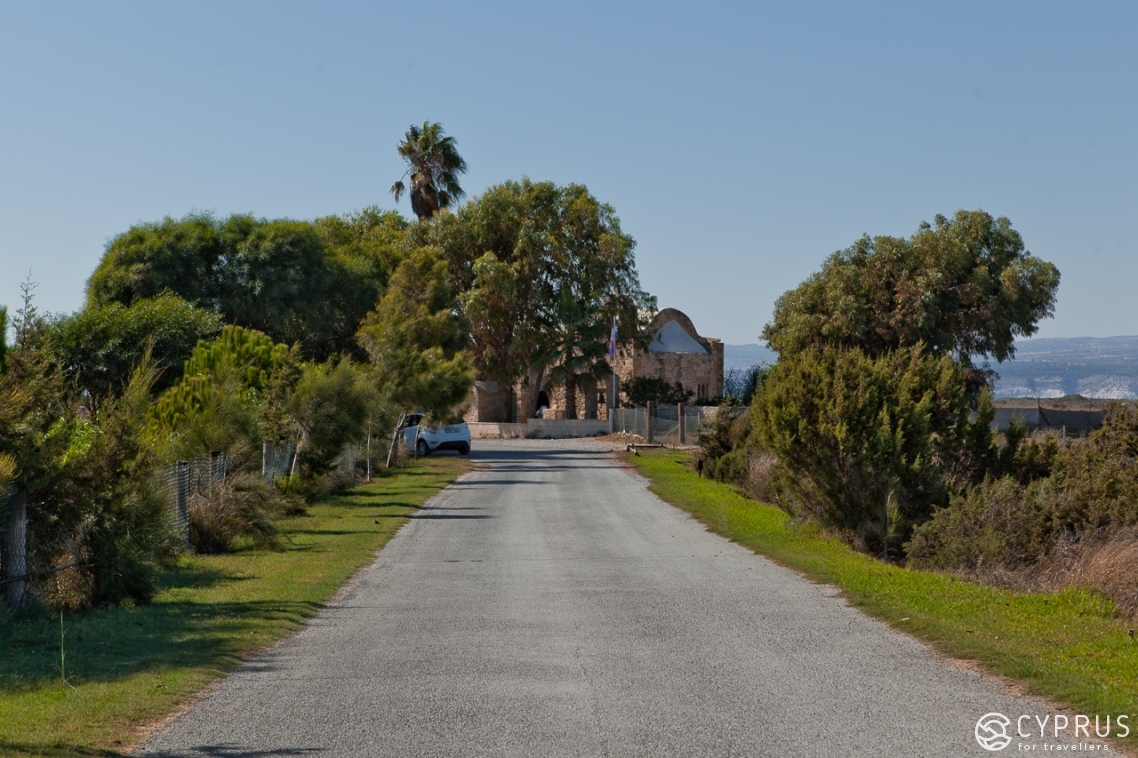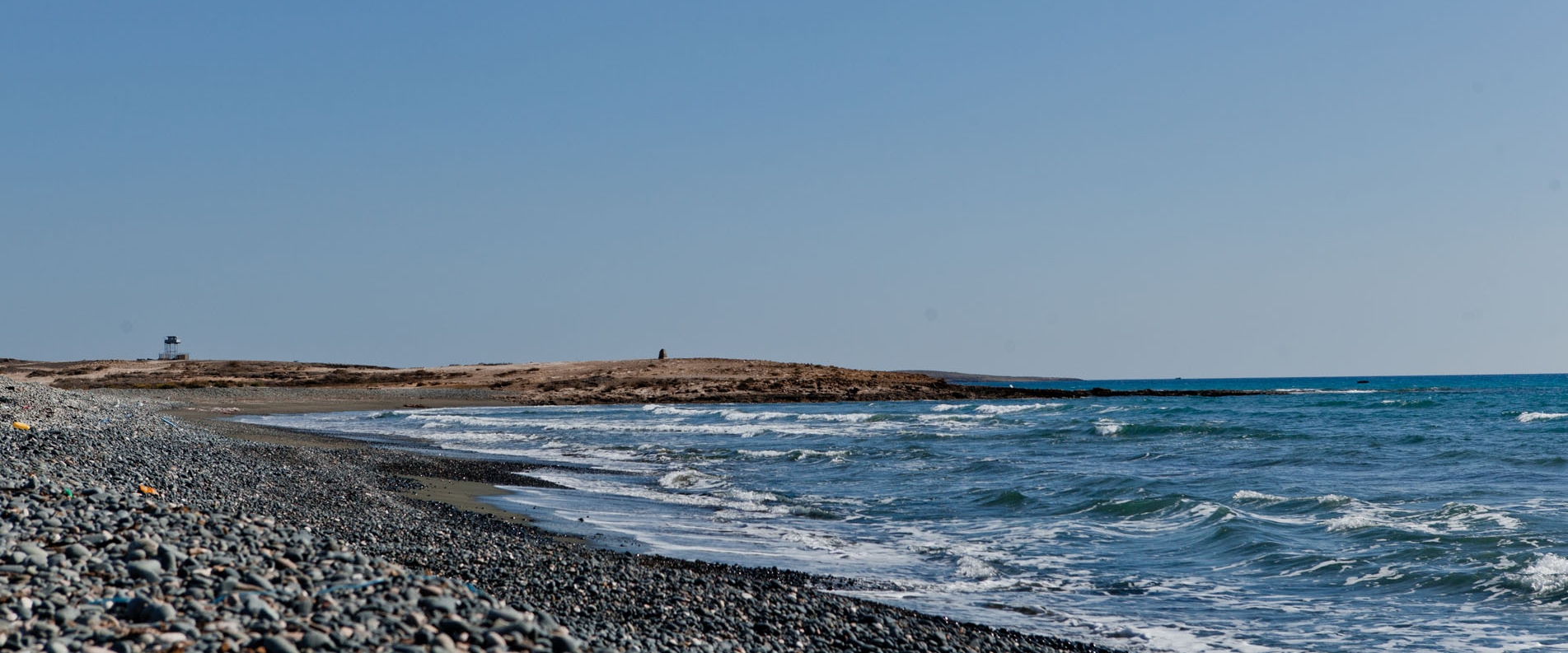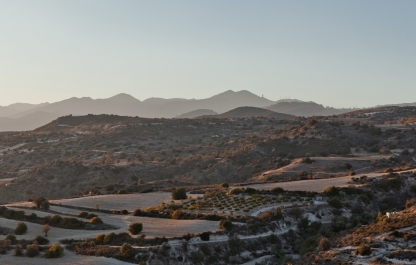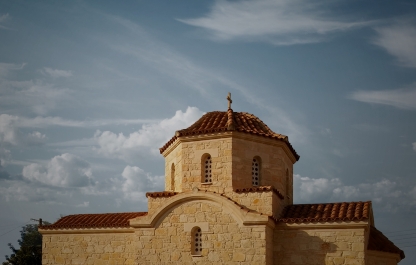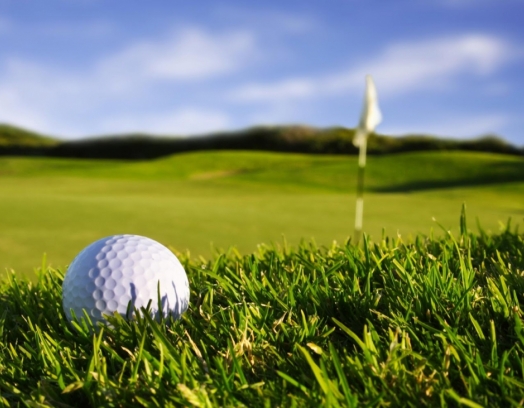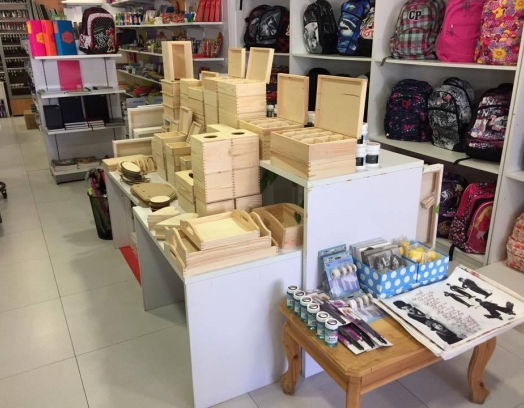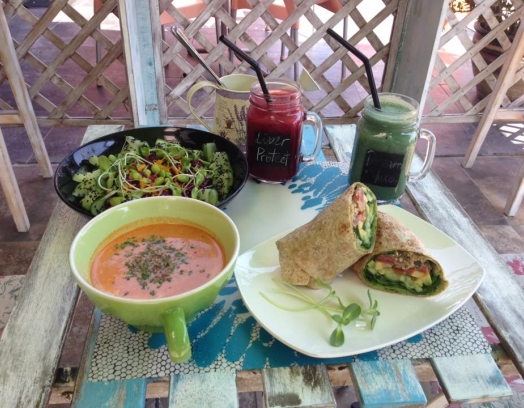If you are planning a trip Akrotiri — a peninsula with unique ecological significance, thanks to the many rare plants growing in the vicinity (for example, the rare orchid species Ophrys kotschyi), all of which are under the protection of the 1976 Berne Convention and famed for their natural wetlands [1], — it is better to go for the whole day!
Located at the southernmost point of the island, Akrotiri has a rich history.
We have a colossal bundle of plans today and we are going to try visiting as many sights as possible, all of which we will tell you about.
The village, basket-weaving and the region’s history
The settlement of Akrotiri (Akrotiri, in Greek Ακρωτήρι from the word “ακρωτήριο” — cape), situated south-west of Limassol and at the north-western point of the cape, has existed for a long time: according to findings from the local archaeological site Aetokremnos, people had already settled here in prehistoric times (approx 12,000 years ago). Its residents were by and large hunters and foragers (they would collect berries and nuts, as well as hunt pygmy hippopotamuses and elephants, which would swim into and wander the shallows of the island’s waters, lured in by its rich plant life). In fact, as the results of a number of scientific investigations show: this was the only peninsula where aborigines used the meat of these animals for food, while they used their pelts for various “everyday” needs.
In actual fact, this area was subsequently inhabited for many historical eras and periods: ancient catacombs and tombs have been preserved (for example, 1,500 were discovered dating back to the Roman, early Christian and Byzantine age), as well as unique stone churches and monasteries (the earliest constructs belong to the 12th–13th century).
The population of the village and its vicinity today (including Dhekelia) totals 15,700 people, roughly half of which are Greek-Cypriots, with the remainder being employees and serviceman of British bases. To this day, the territories of Akrotiri are still considered an overseas territory of Great Britain [2].
Two small churches are located in the village: The Church of the Holy Cross and The Church of Saint George.
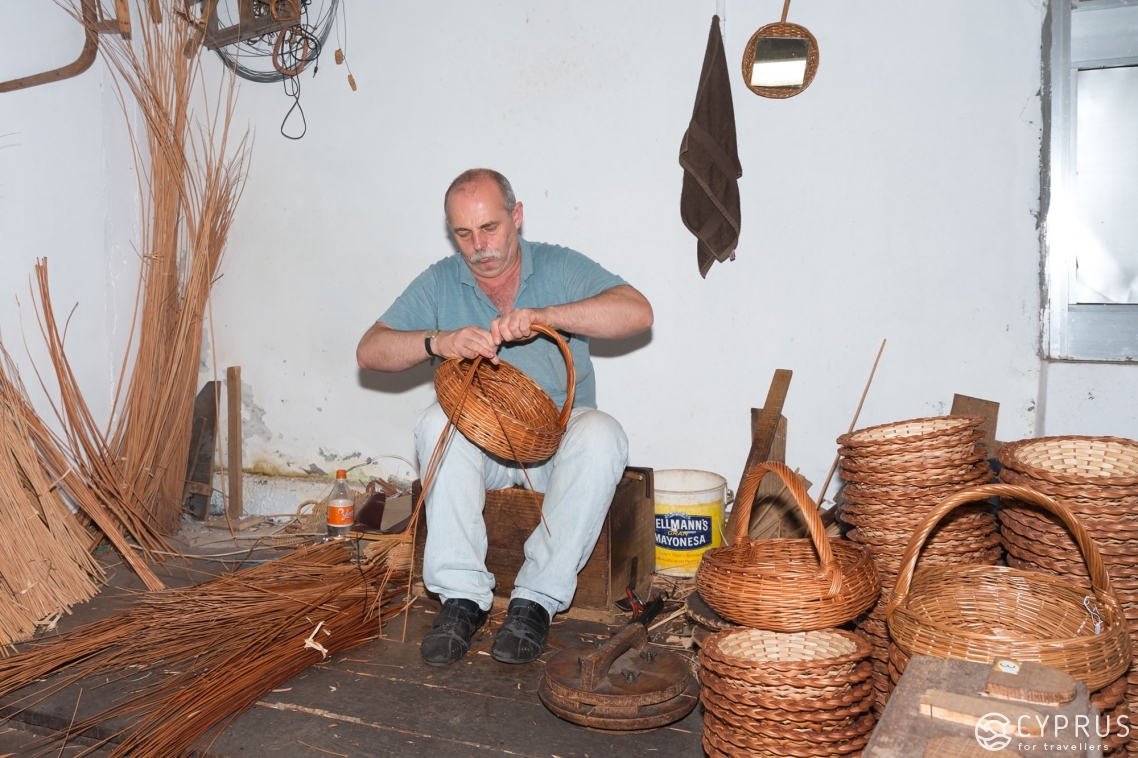
Akrotiri is one of the villages in Cyprus which has preserved its original craft of basket-weaving, one of the oldest on the island. This craft was once practised by many inhabitants: the profession of a basket weaver was considered their fundamental craft. Nowadays, only several villagers continue to weave.
The raw materials used in manufacturing weaved items consisted of various types of swamp reed: it (10 types in total) would always be gathered from the swamps and flood plains surrounding the village (Livadia). This ongoing demand for the reed has notably contributed to the preservation of Akrotiri’s wetlands up to the present day.
Finally, it is worth mentioning that the local Centre of ecological education and information actively contributes to preserving the art of weaving, organising courses and group visits to artisan workshops in the form of cultural fact-finding walks.
Salt Lake
A couple of times per year, the largest salt water lake in Cyprus, a coast-line overgrown with bull-rush and wild reed, becomes the temporary nesting place and wintering ground for many species of migratory birds throughout the seasons of their journey from Europe to Africa.
It is situated to the south-east of the ancient town of Amathous (Agios Tychon, Limassol), with an area spanning 10.65 square kilometres. Its lowest point is located 2.7 metres below sea level, while the depth in the lake can vary: from 30 cm to 1 m, thus attracting many feathered animals.
Geologists suspect that the lake was formed as a result of part of a sea island gradually joining with the southern coast of Cyprus.
Incidentally, the lake in its own right is considered one of the most important wetland areas in the eastern Mediterranean. Surrounded by swamps, it supports the living and hibernating conditions necessary for most of the aquatic bird species which fly to or have permanent nesting spots on the island (260 species, totalling 70% of those observed in Cyprus). Here you can see thousands of flamingos, hundreds of cranes and herons and a large number of white storks. For instance, according to the estimates of Birdlife International, an organisation which aims to protect and observe feathered animals, from 2,000 to 20,000 large flamingos (Phoenicopterus roseus) spend their winter “holidays” on the lake.

A friendly warning: In the aims of personal safety and the protection of the environment, please avoid trying to reach the lake’s surface by foot or car. This is officially prohibited.
The Akrotiri Environmental Education and Information Centre
The centre organises and runs various academic programmes for school children and youths, while for adult audiences and tourists — this is a must-visit location in Akrotiri: here you will learn lots of interesting facts about the region’s nature and history; you will be able to both self-educate and simply spend quality time together as a whole family.
A modern building, equipped with state-of-the-art technology, meets a rich exposition displaying local crafts (the art of weaving swamp reed as well as its modern interpretation, — which is actively supported and made popular by both the local administration and the British community residing in Akrotiri), as well as data about climate conditions and the peninsula’s unique natural lands. In the showroom, scientific films and documentaries are played, relating to the natural and cultural-historical aspects of Akrotiri. Conferences and seminars are held in the conference hall, as well as educational programmes for groups of students. One can not help but rejoice at the fact that all the “figures” of the animals, birds and fish have been fashioned from synthetic materials with great precision. All are accompanied by video footage from documentary films about the behaviour of the peninsula’s inhabitants. The interior contains several dioramas and models of Akrotiri from a bird’s eye view: a very detailed reproduction of the landscape’s terrain, as well as a plan of the settlement around the Salt lake.
There are also a lot of interactive elements to the centre: having chosen one of the programmes offered, you will no doubt increase your knowledge not only of this place, but of Cyprus, its environment and nature as a whole… both in the present day and how it used to be long ago. For lovers of “time travel” you will find some interesting facts from palaeontology (the collection contains the remains of dwarf animals — hippopotamuses and elephants, nearly 10–12 thousand years old, some of which are on permanent display), on archaeology and the region’s history.
-
Observing the natural conditions and lands in Akrotiri began with the arrival of the British here (in one of the display cases you can see an observer’s log from the year 1899).
Thus, the natural science exposition will attract the attention of visitors of all ages, despite its compact size. Various “animals”: foxes, hares, hedgehogs, seals, turtles, tree frog; birds: vultures, herons, kingfishers and of course the famous pink flamingo. Even insects and marine arthropods have their own “niche”. Beside the aforementioned amphibians and hemathermals, the local fauna is represented by arthropods: crabs and other various species.
Did you know: modern technology finally allows natural-historical collections to function without the use of taxidermy models. For instance, as the Centre’s director shared with us, the main materials used in modelling the animals and birds are plaster, moulding foam, metal, paper and paints. The work and academic training of school students in the laboratory includes scientific investigations, for example, identifying insects, analysing samples from bodies of water, studying microorganisms in the swamp environments they inhabit, analysing soil and so on.
So, for those lovers and protectors of nature, you will enjoy being here: No animal or living creature suffered in the name of science to create this Centre!
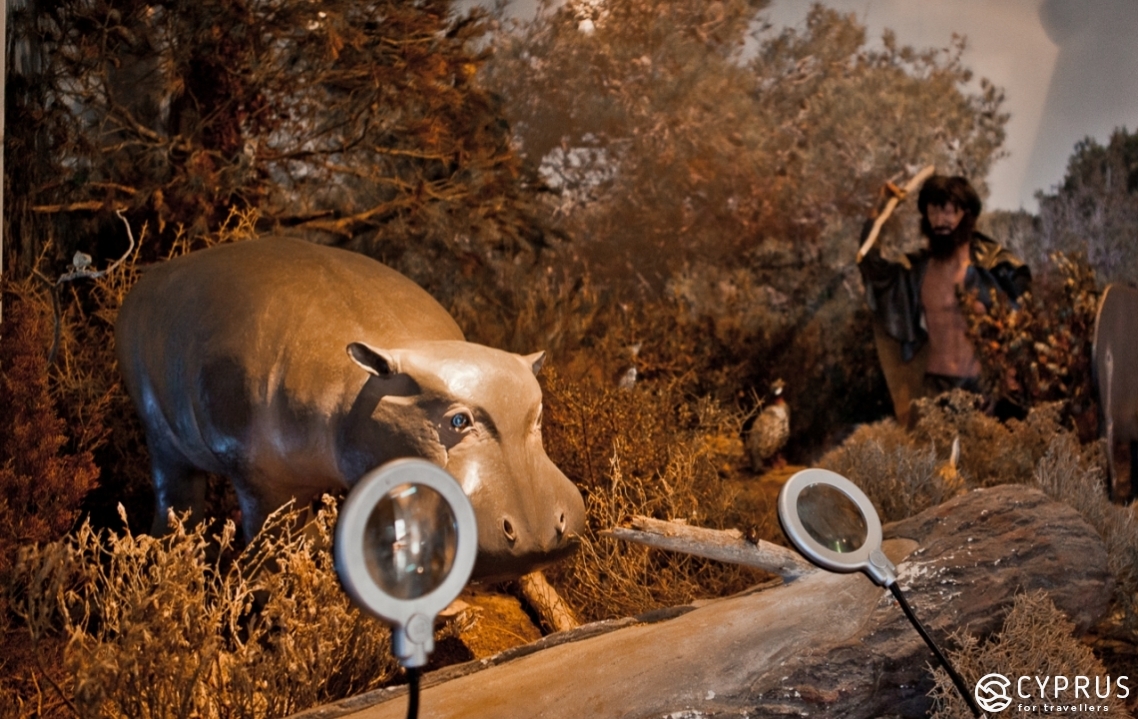
The next element is rather appealing to young people and those not so keen on naturalism: a corner of the Ancient World, in a relaxed setting, envisioned by organisers to be a close replica of ancient times, featuring a bearded ancestor hunting with a spear and donning “pelts” [3].
The main hero, as it is believed, is surrounded by the fauna of the ancient world and his potential prey: pygmy hippos the size of the average dog, or a little smaller — a red vixen. Birds and reptiles are also featured, which it must be said, have little changed since that time.
We then exit out onto a terrace with a wide panoramic view of the lake. Here you can feast your eyes on its inhabitants by peering through a mounted 10X optical zoom telescope. Photos of the birds which settle around the lake are also on display.
This high-tech building surrounds a fairly large, but also rather curious botanical garden, with an artificial pool and informative facts about the rare flowers growing here. Alongside a fragrant apothecary garden, as well as familiar bushes and trees (both deciduous and evergreen), which delight both the eyes and nose, there are some plants here which have existed since ancient times, such as the famous gingko and others. A lot of information is available on each green “inhabitant” (each of them are labelled with a red flag in conjunction with the text displayed on the stand and plaques).
Visitor guidelines are available in English and Greek. They detail the necessity to approach with care both the exhibits and the live samples of flora and fauna which can be seen here: the main rules — do not touch, feed or tear. When on the Centre’s premises children must always be accompanied by an adult and of course, any issues should be addressed to the Centre’s employees.
Exciting activities are also organised for adults, for instance, strolls and trips into nature, bird watching or stargazing; excursions are also available to visit the island’s basket weavers, where the whole process of creating baskets is demonstrated.
Information and reference material for the Centre is available in various languages: currently in English and Greek. The Centre Directors are planning to provide translations and subtitles for documentary films in various languages, including Russian. Part of the leaflets and booklets provided are currently available in German, with an option soon in French.
In addition, amongst the booklets and leaflets offered, you will find a map diagram which has marked the main view spots and points of interest in Akrotiri, historical and natural sights (including the Salt lake, 19 such points have been noted by local historians), as well as artisan workshops, beaches and cafes, — thus after being here, you will be able to construct your own route to navigate the peninsula in a day.
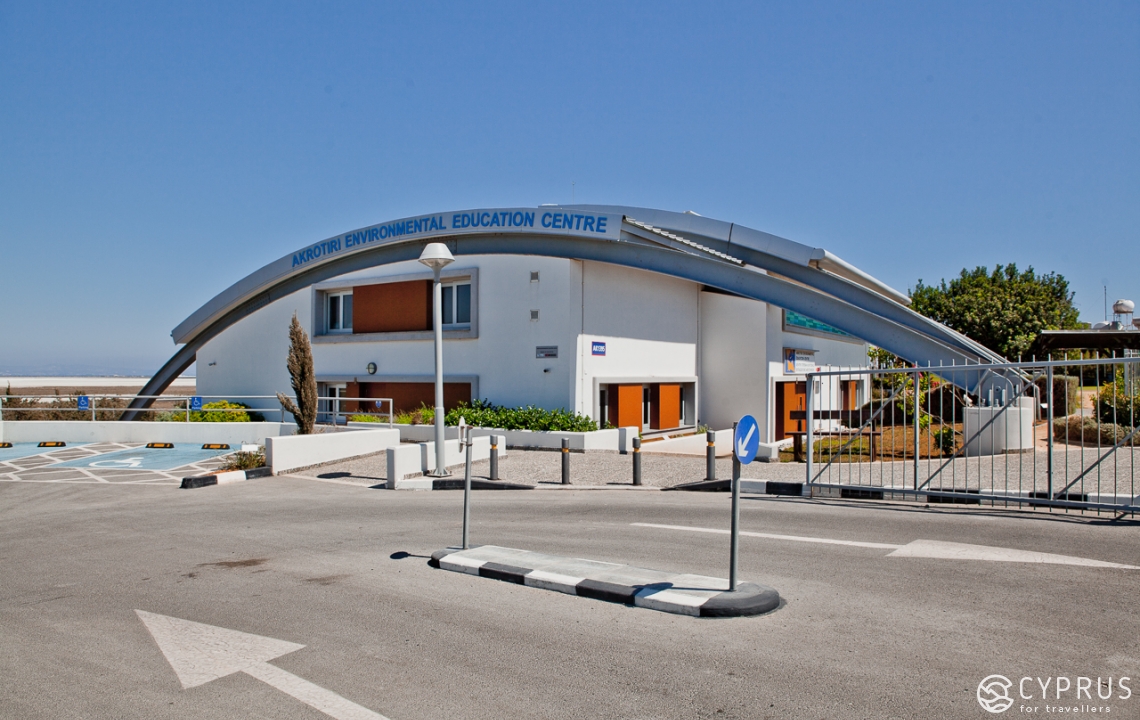
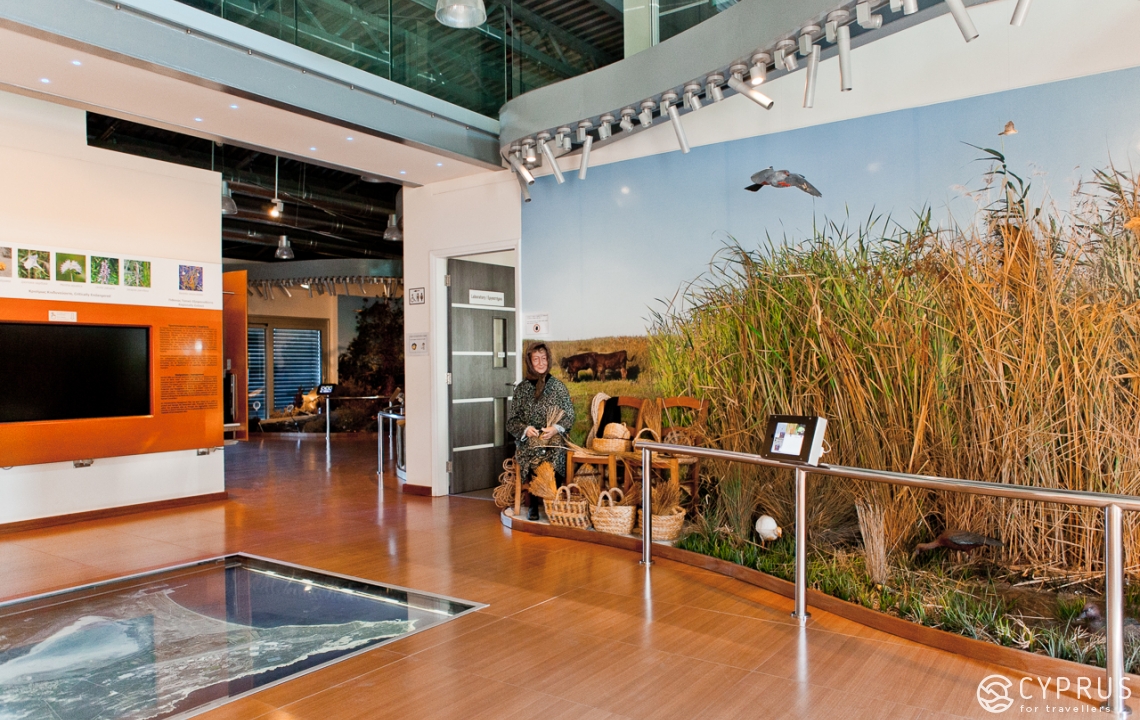
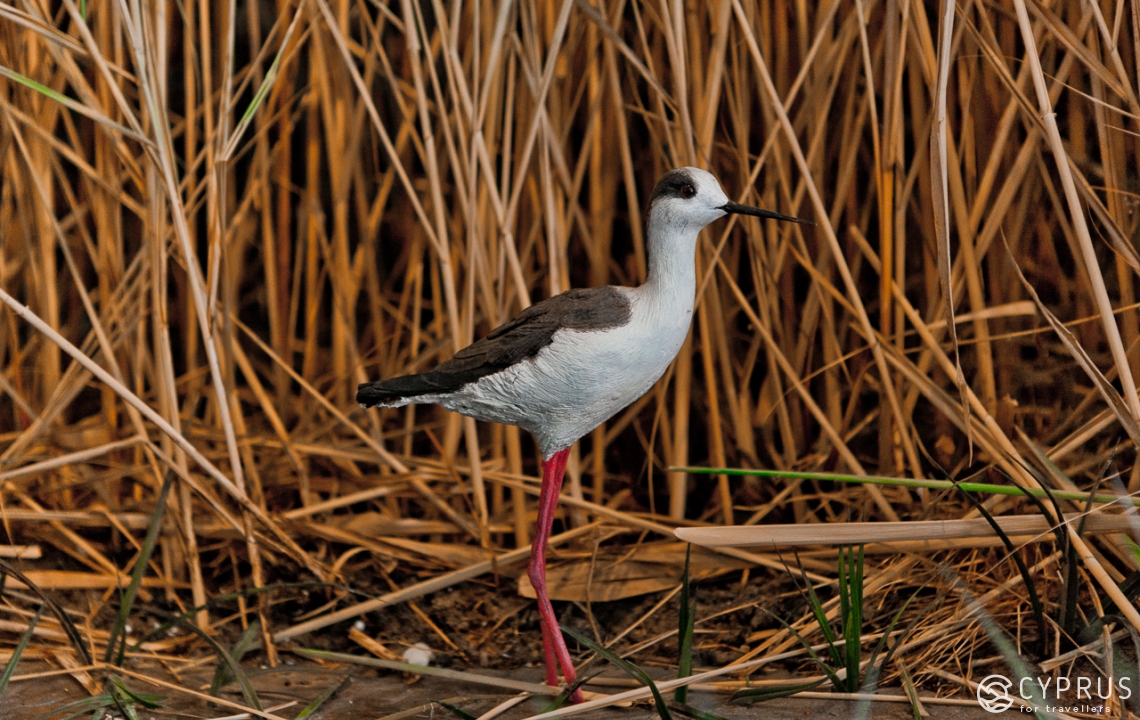
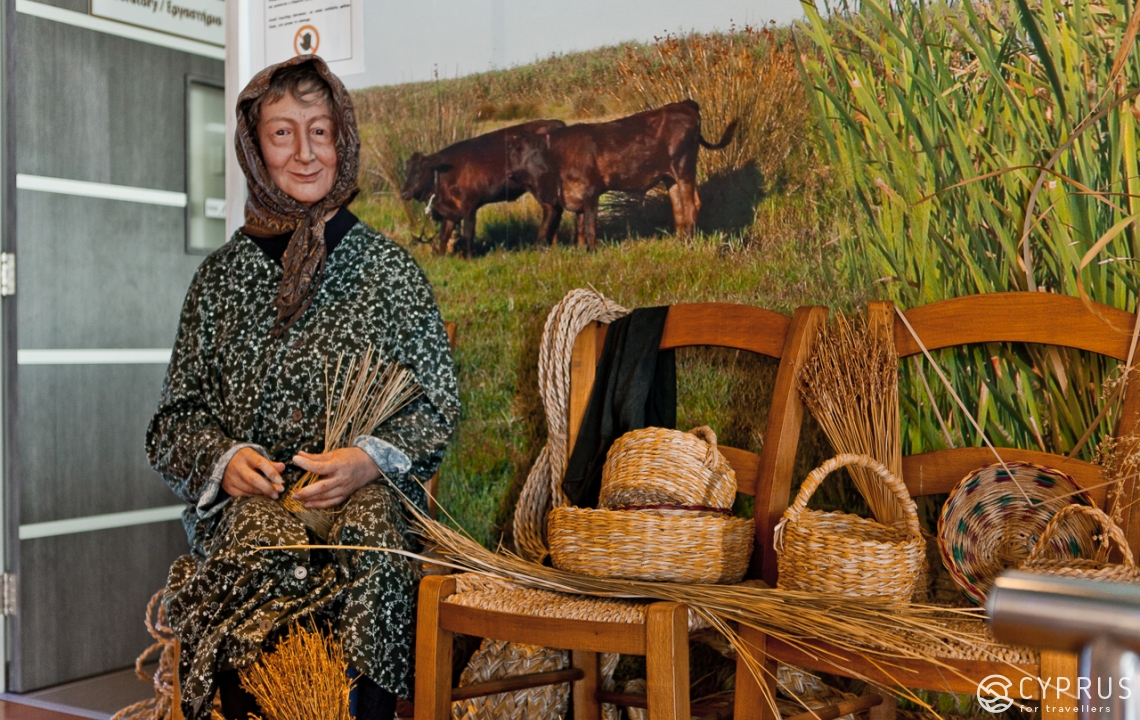
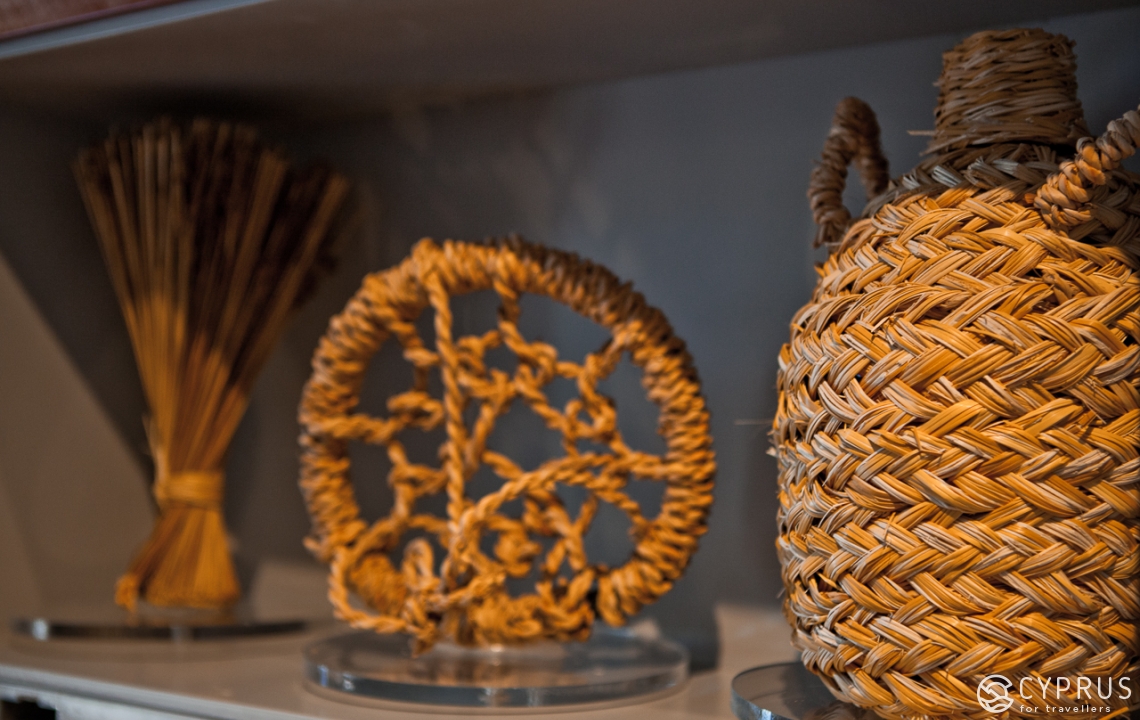
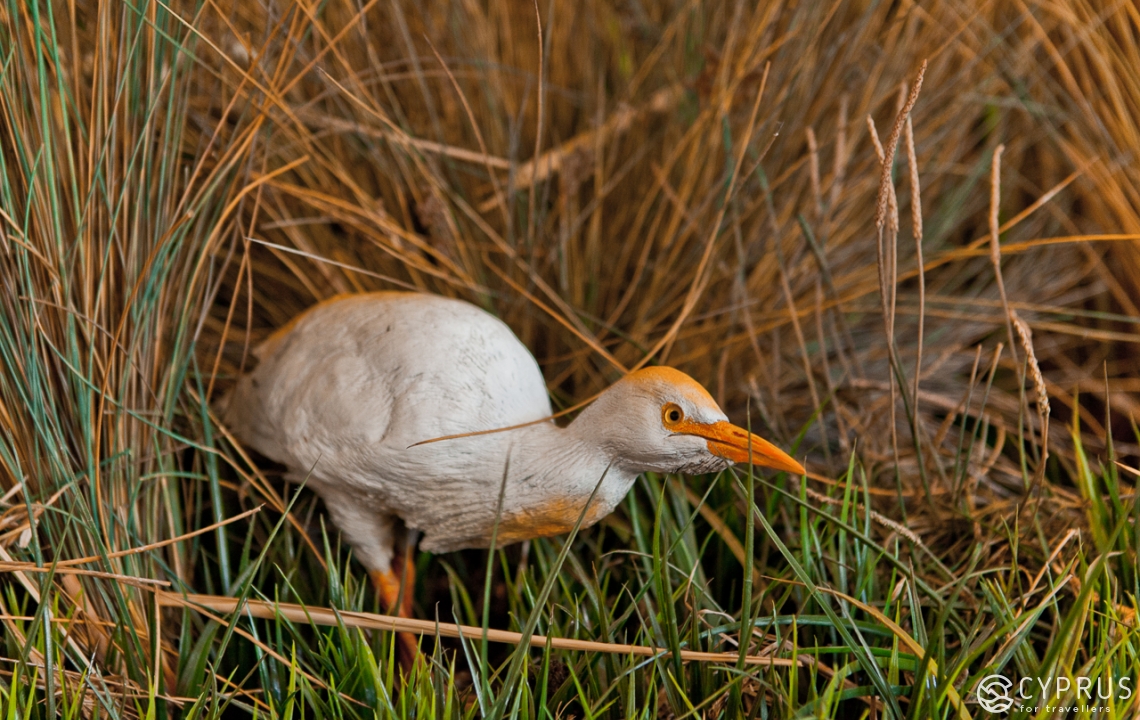
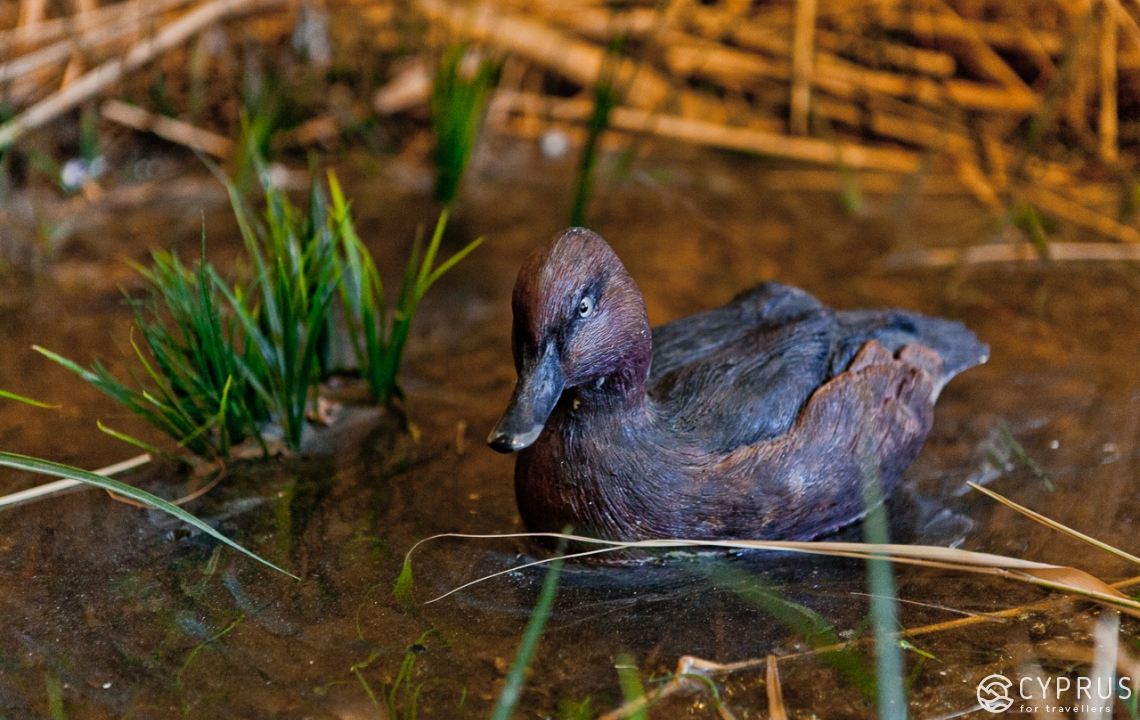
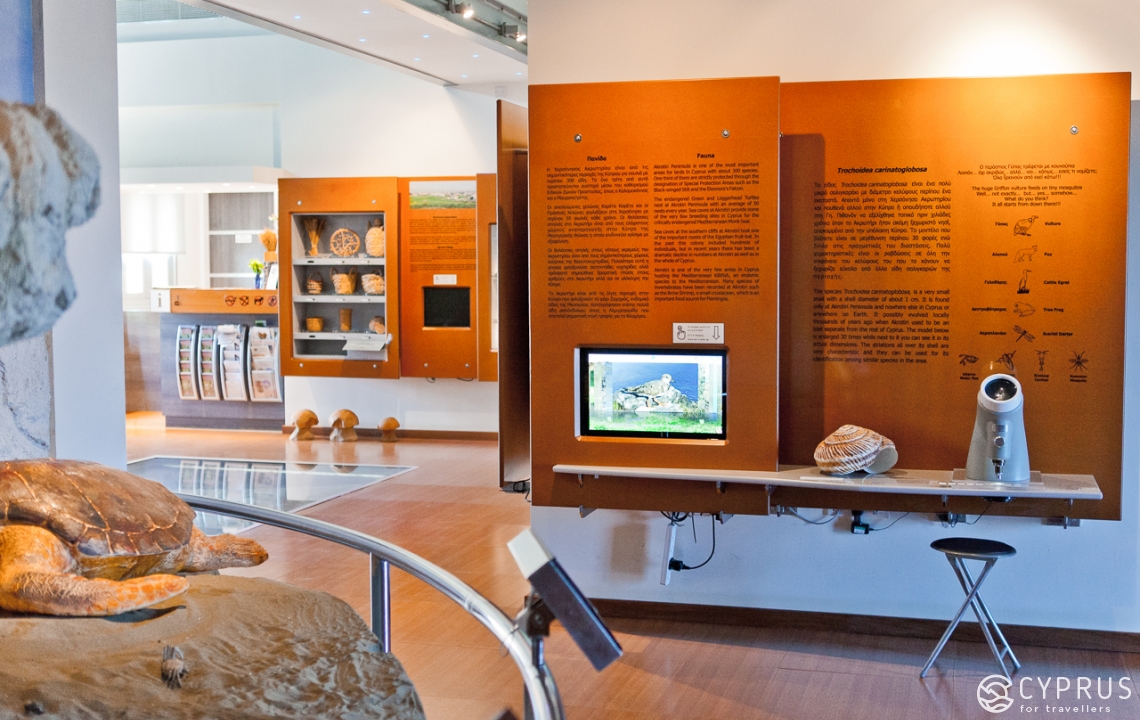
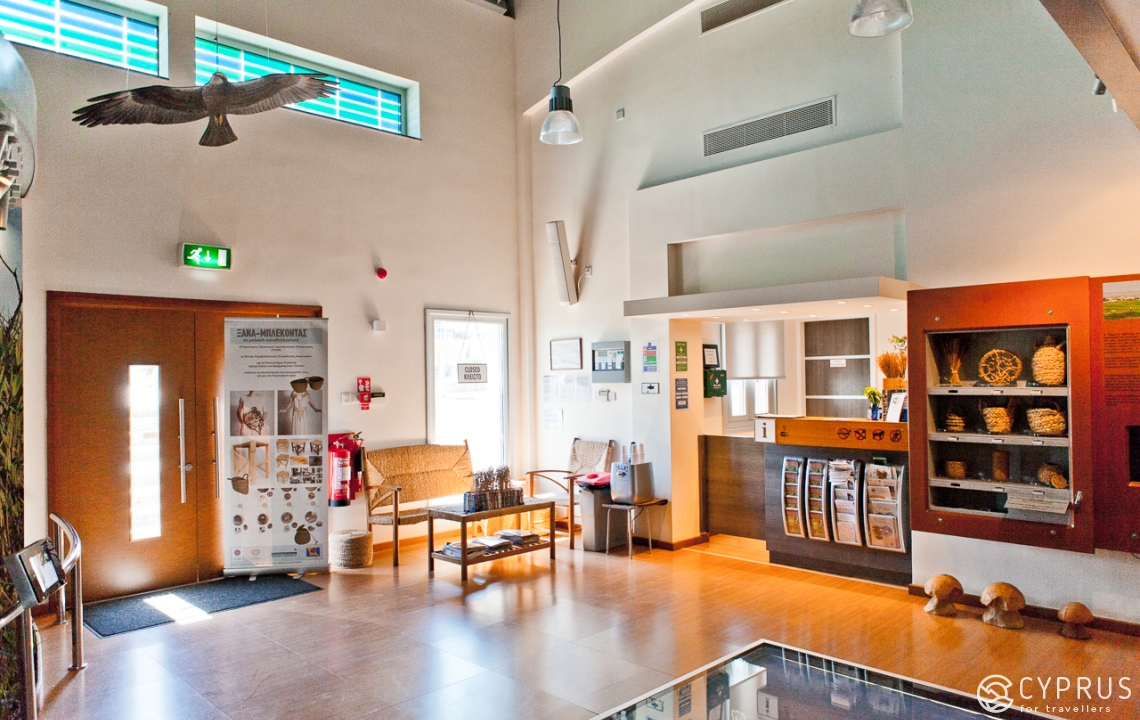
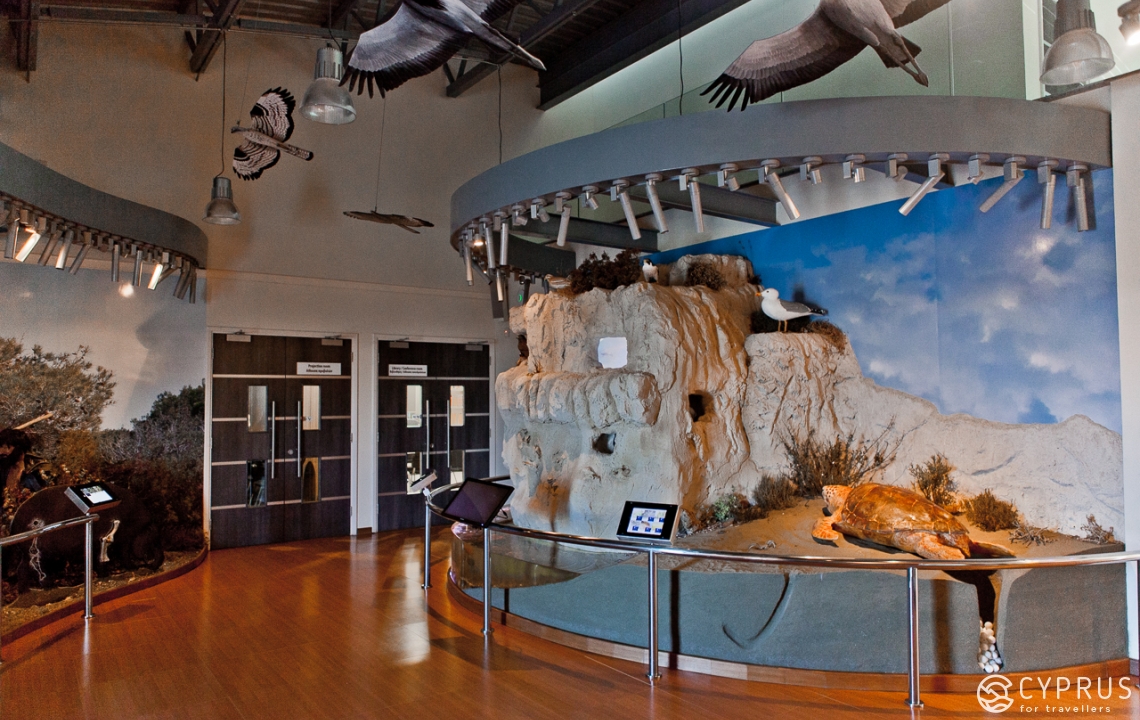
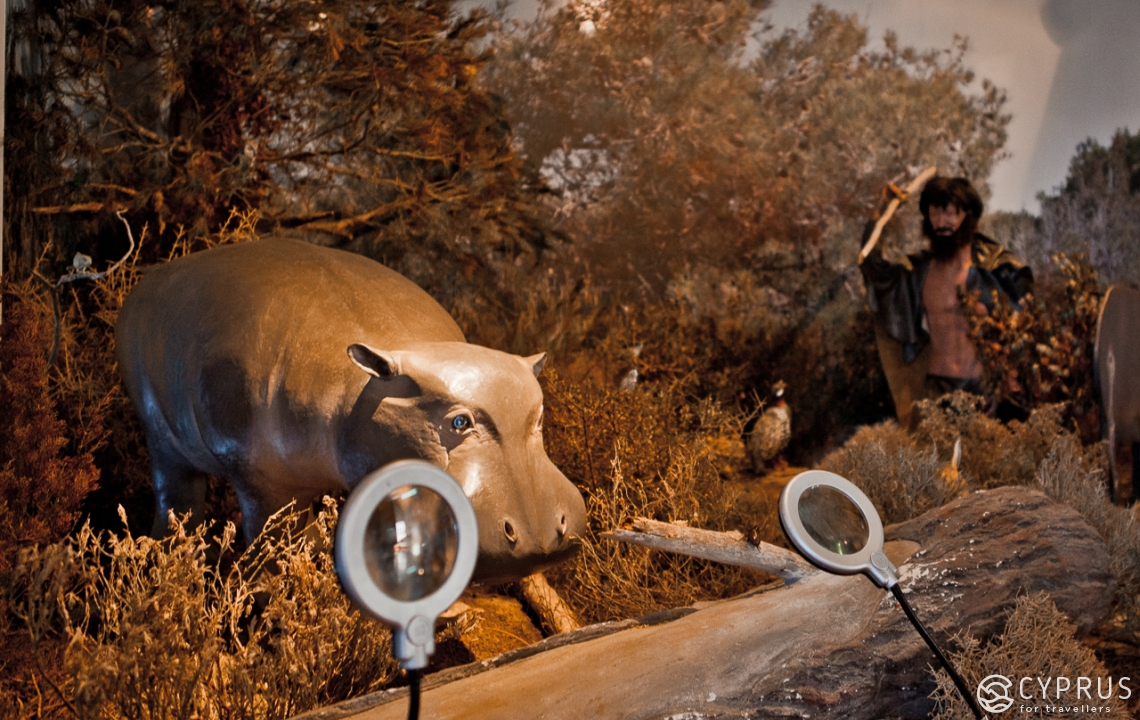
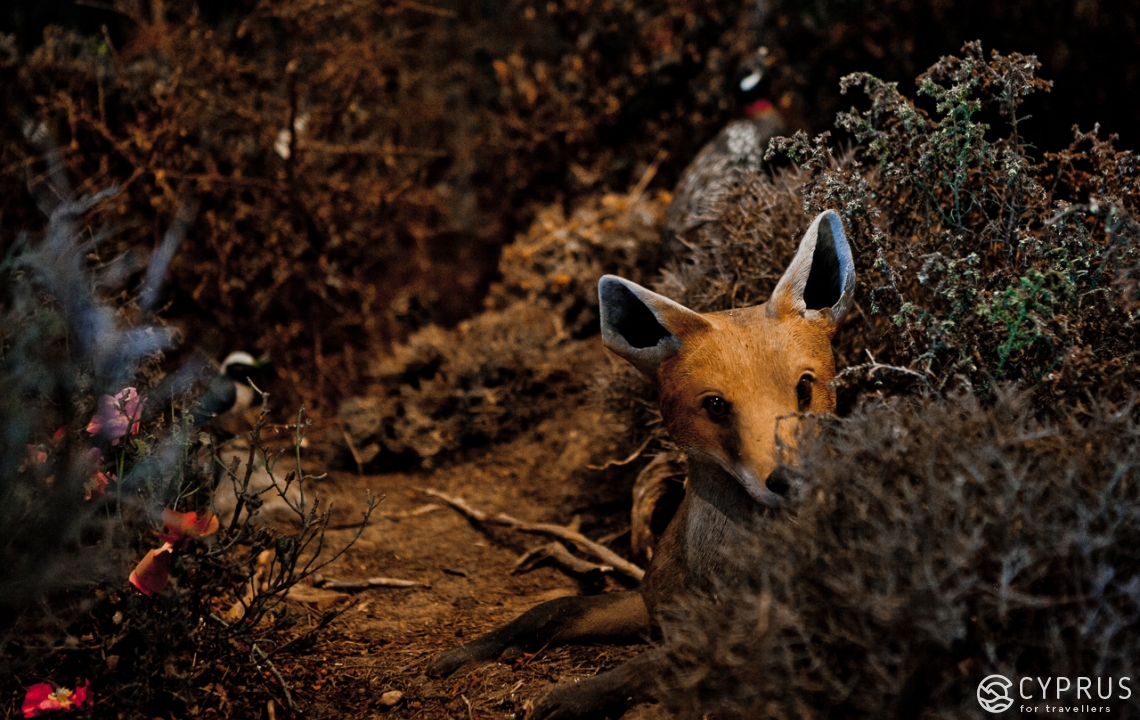
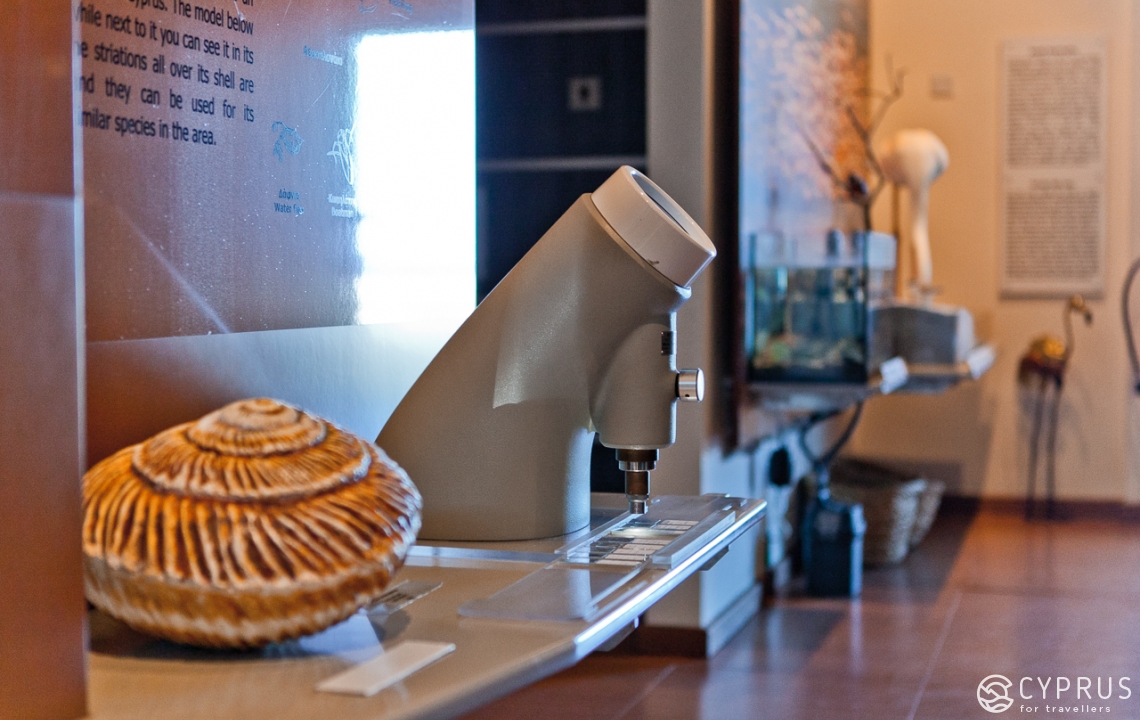
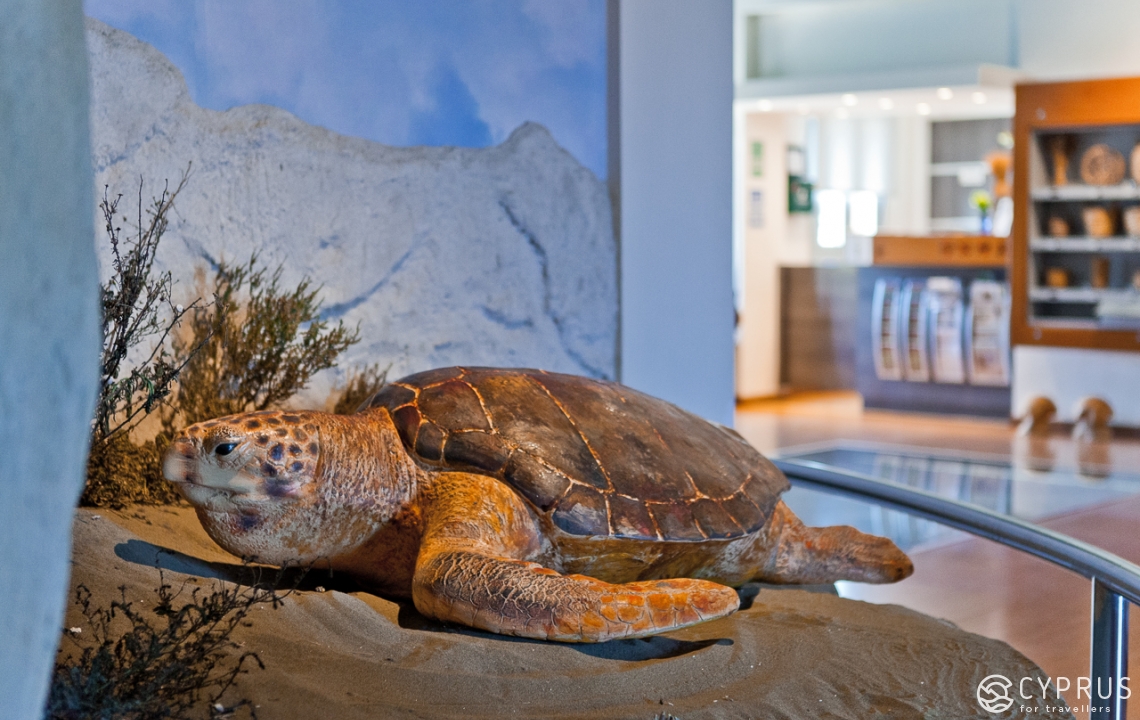
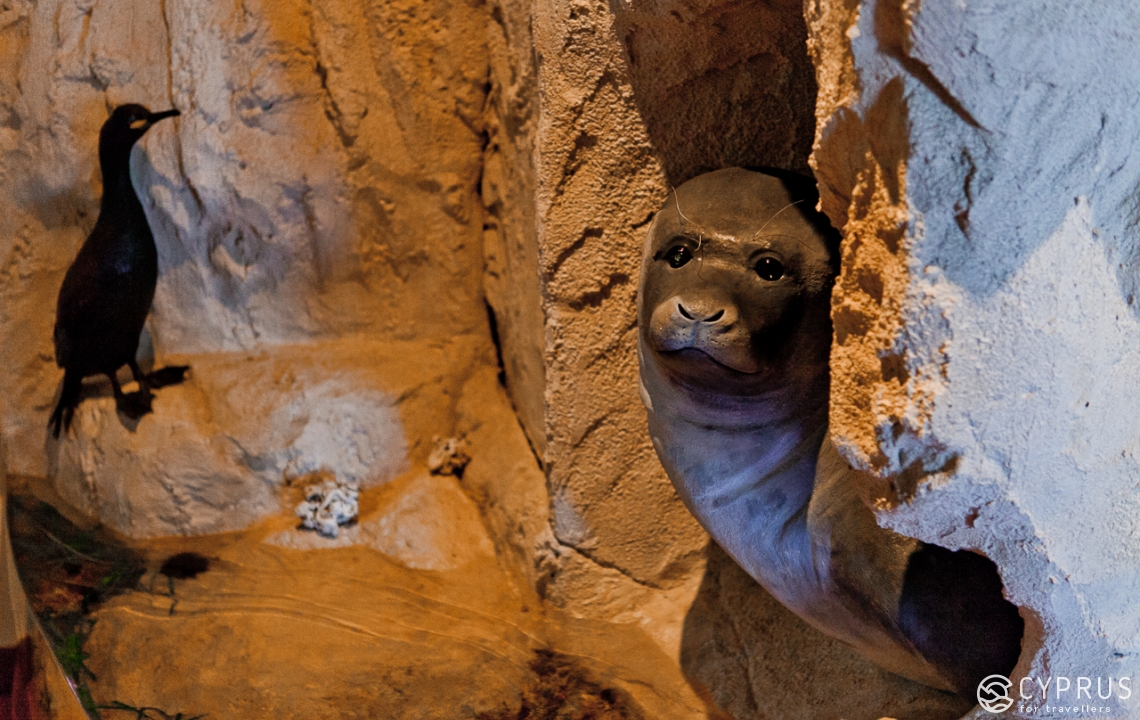
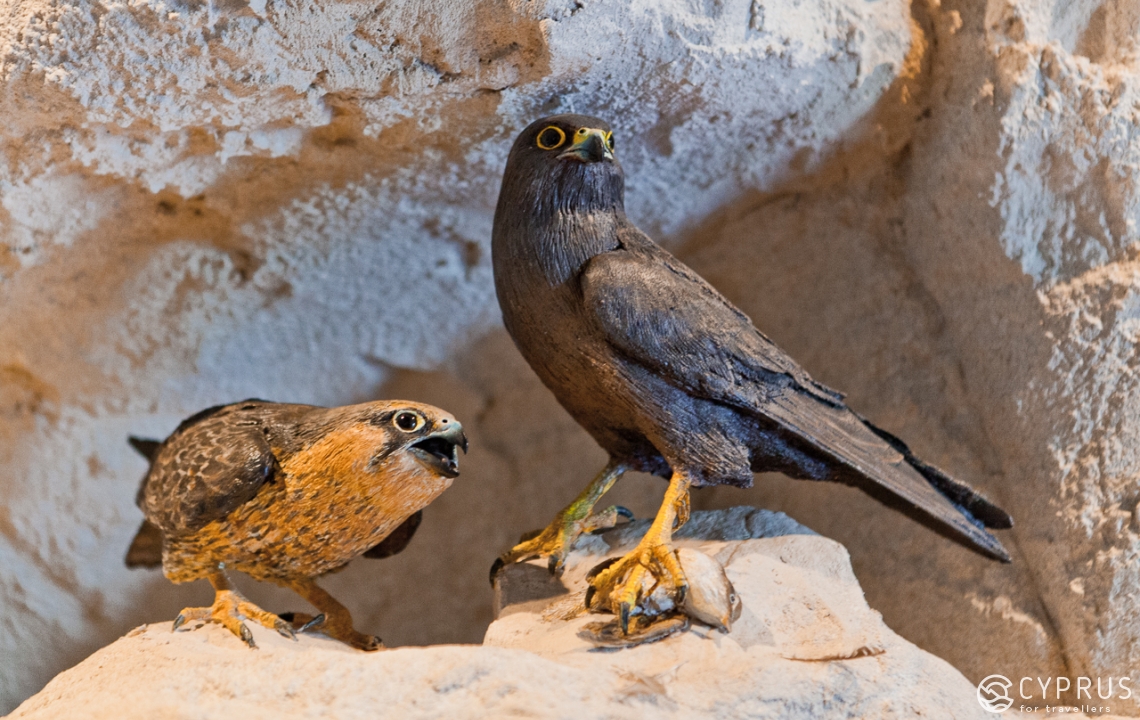
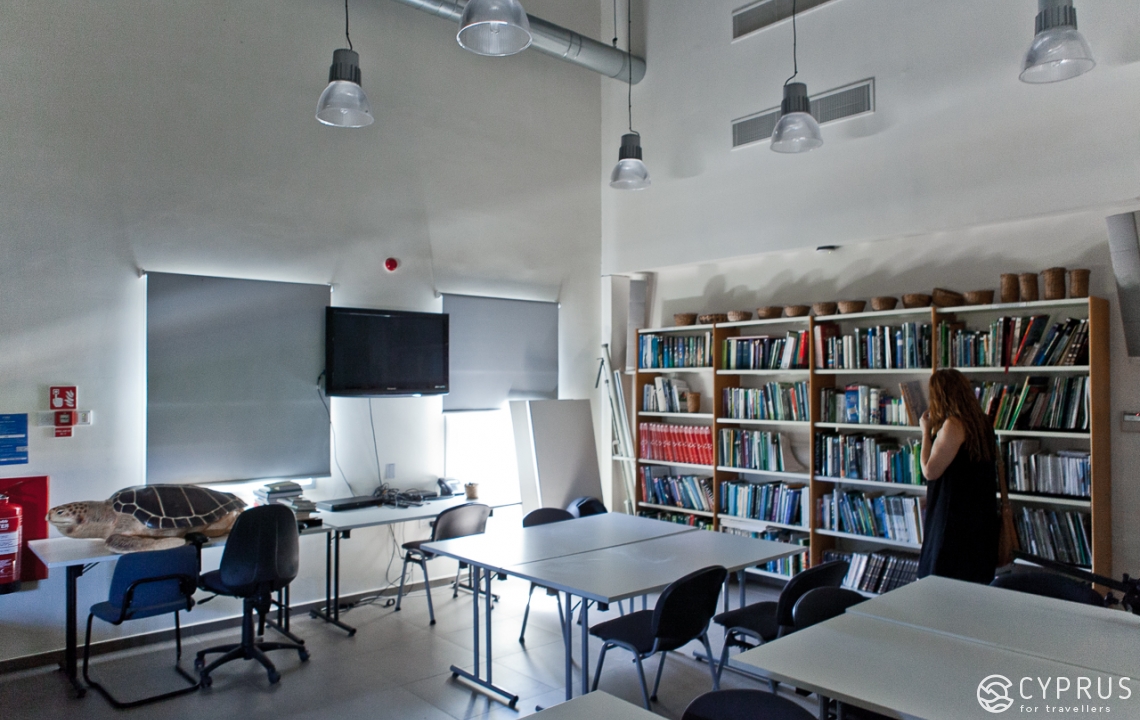
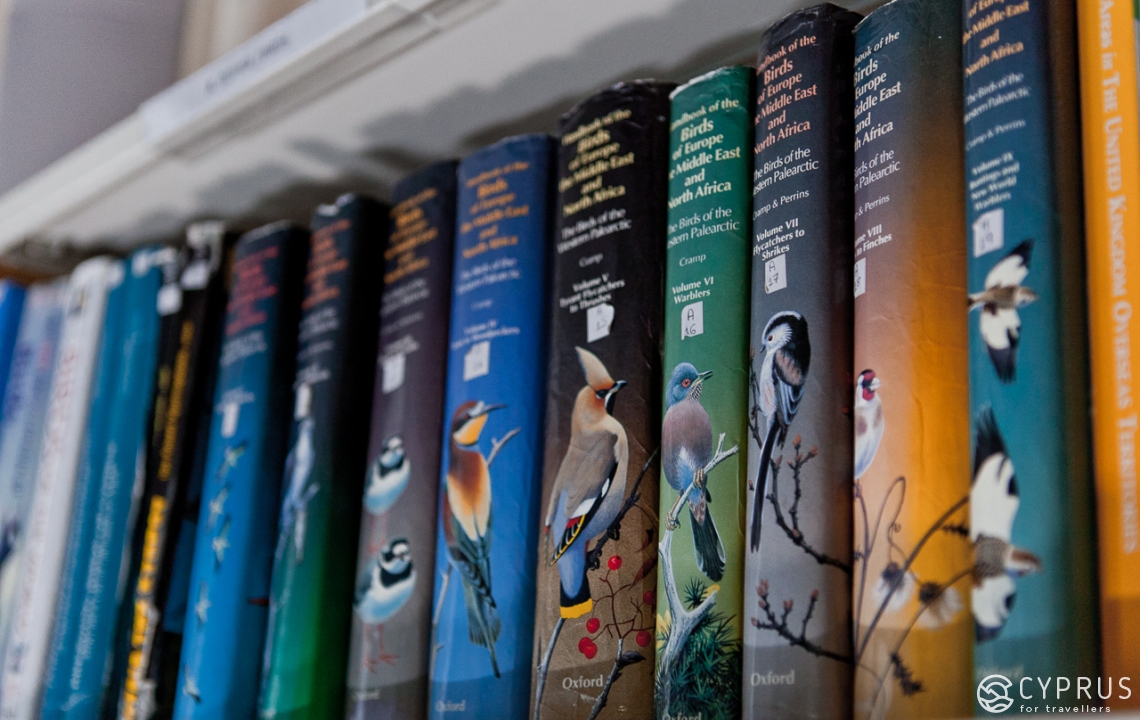
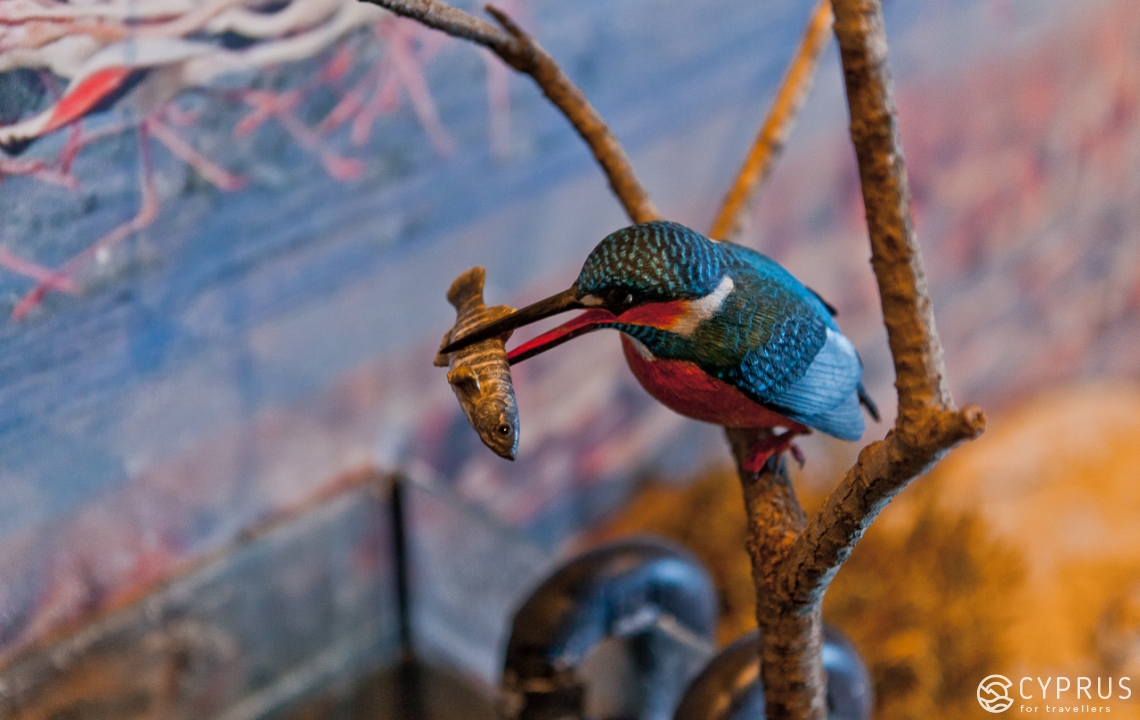
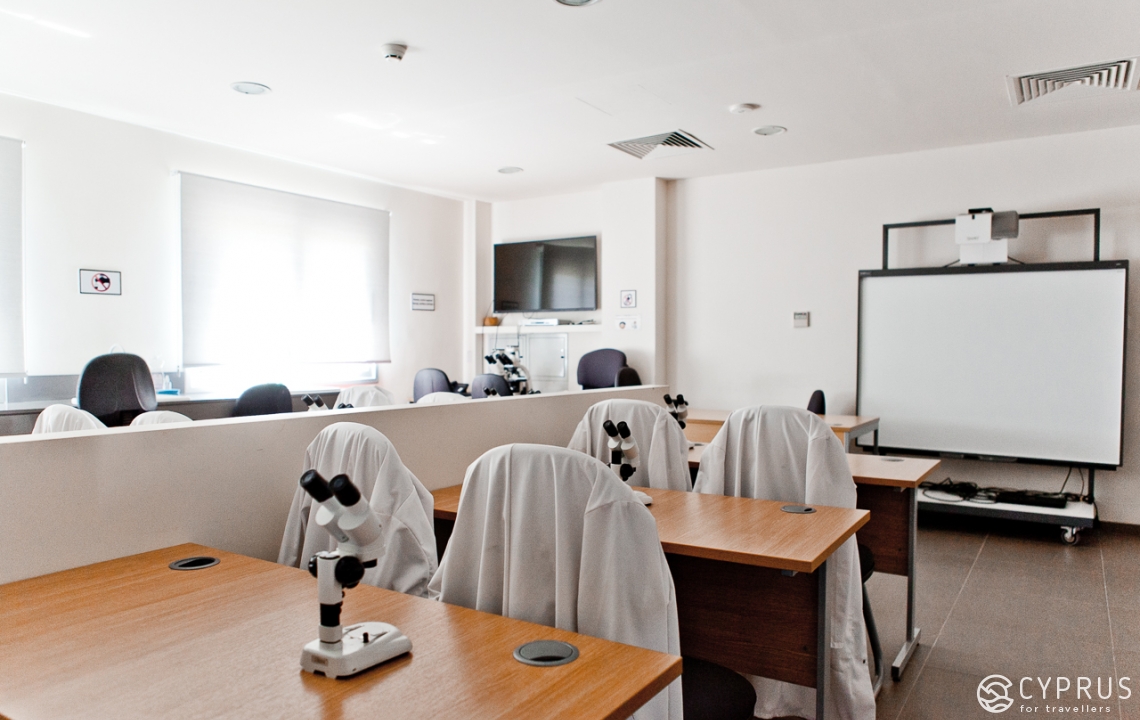
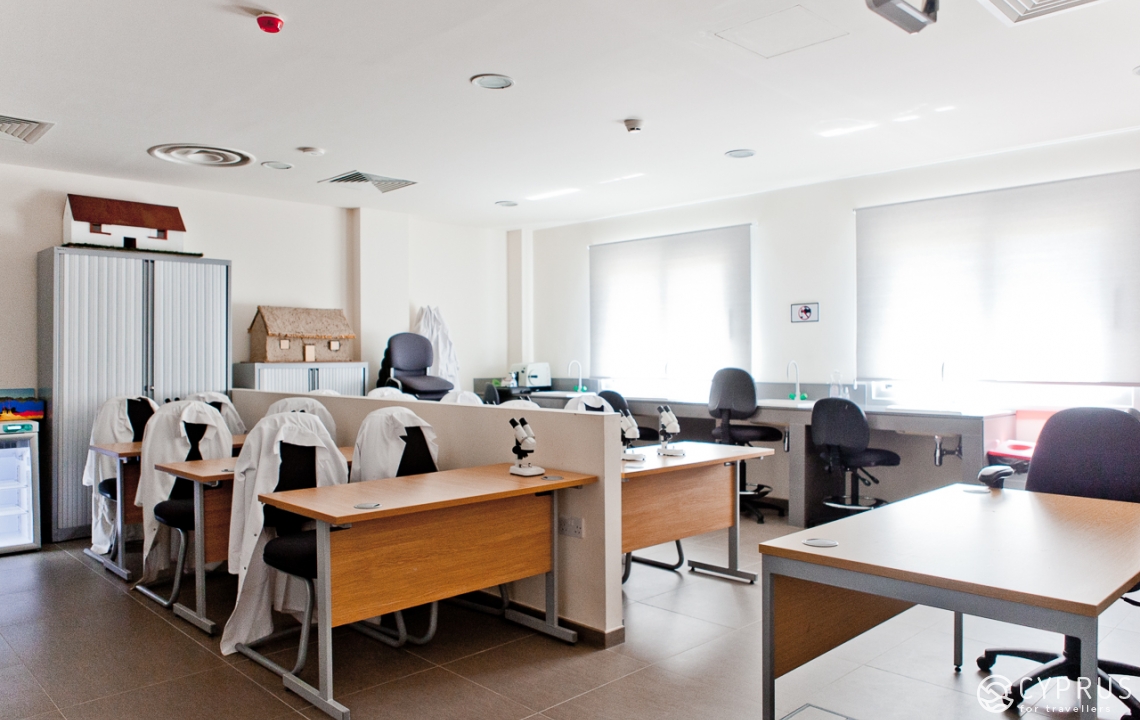
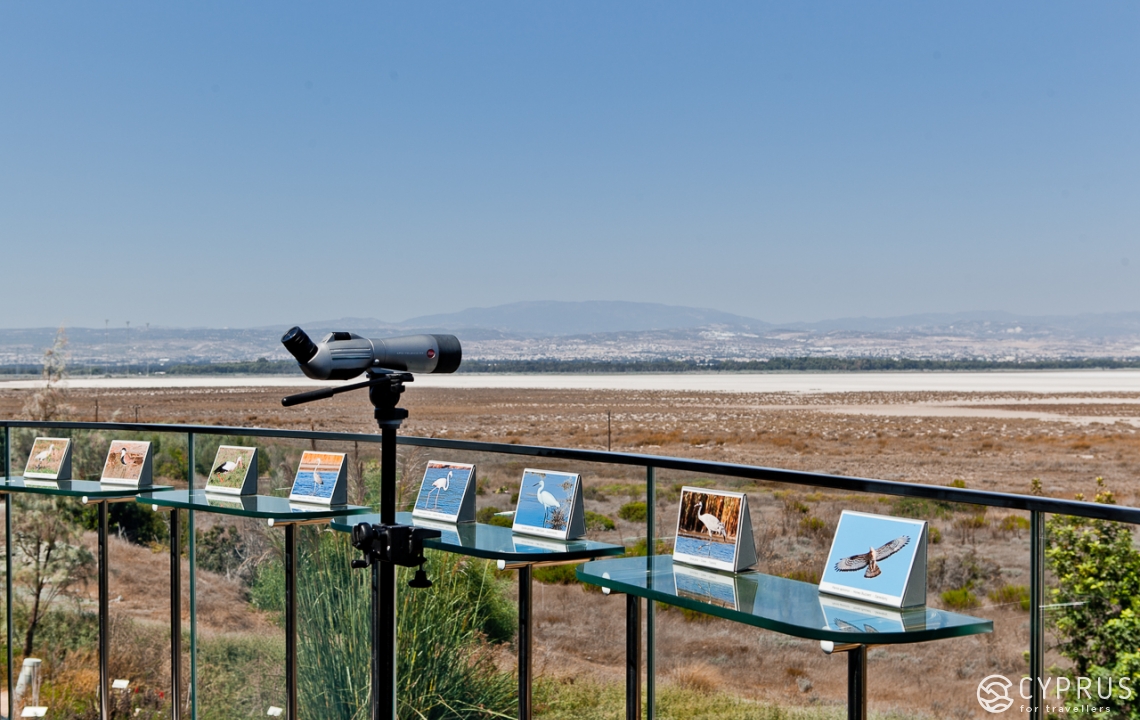
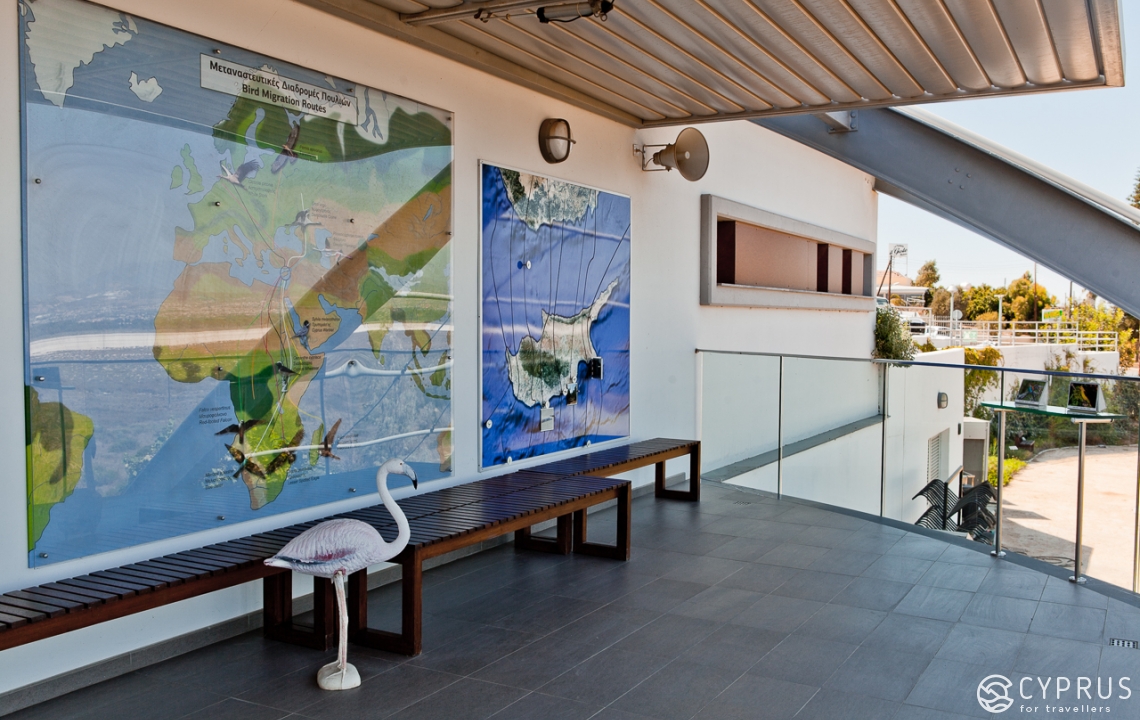
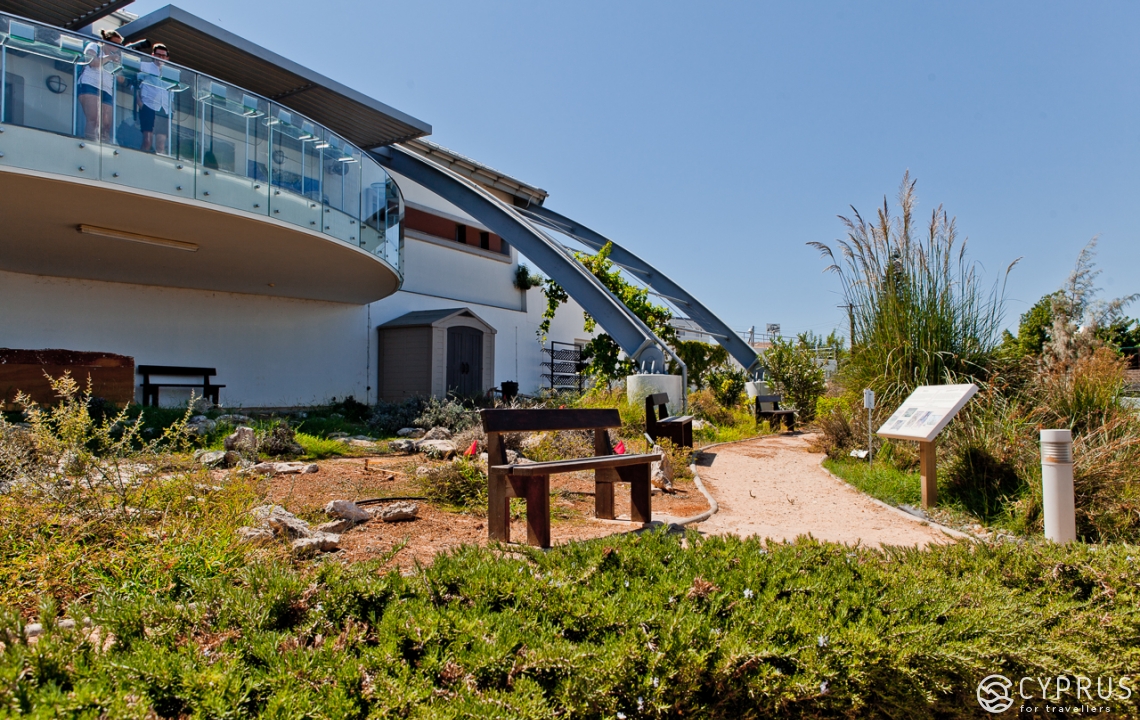
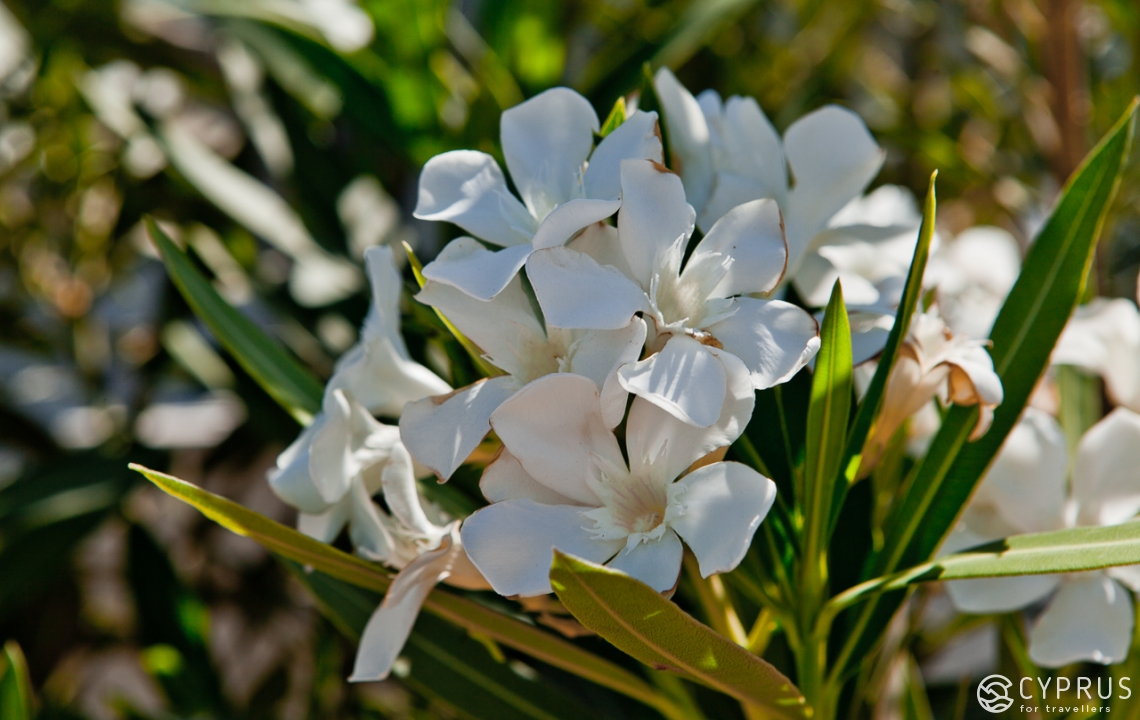
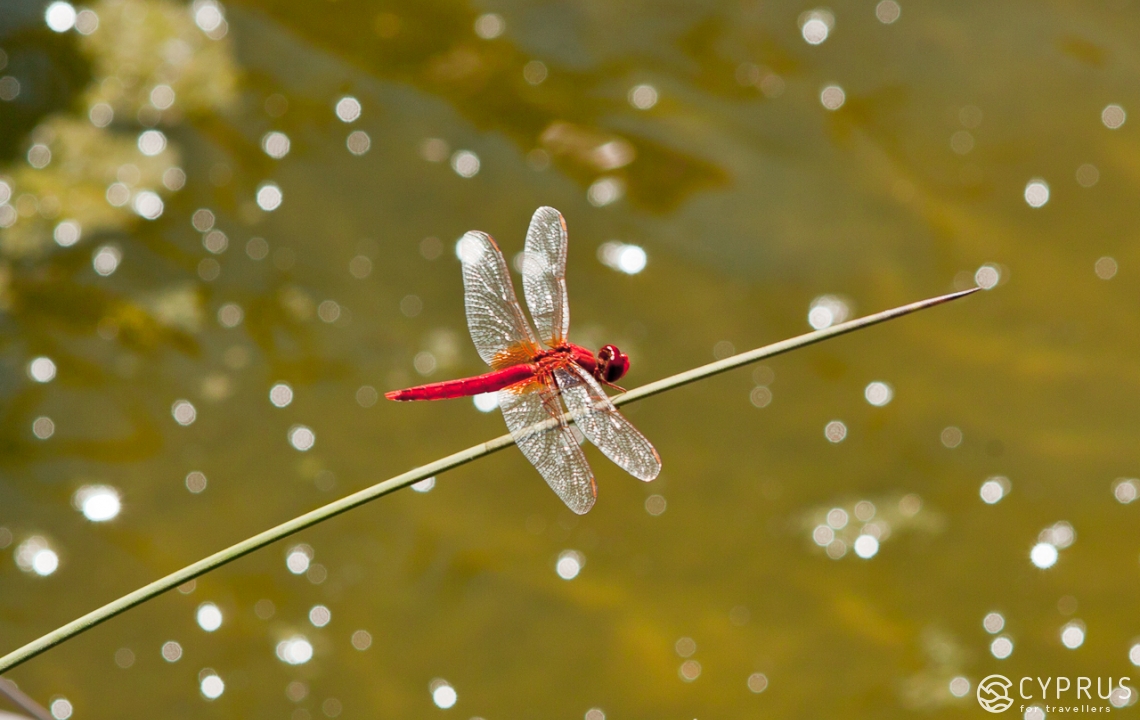
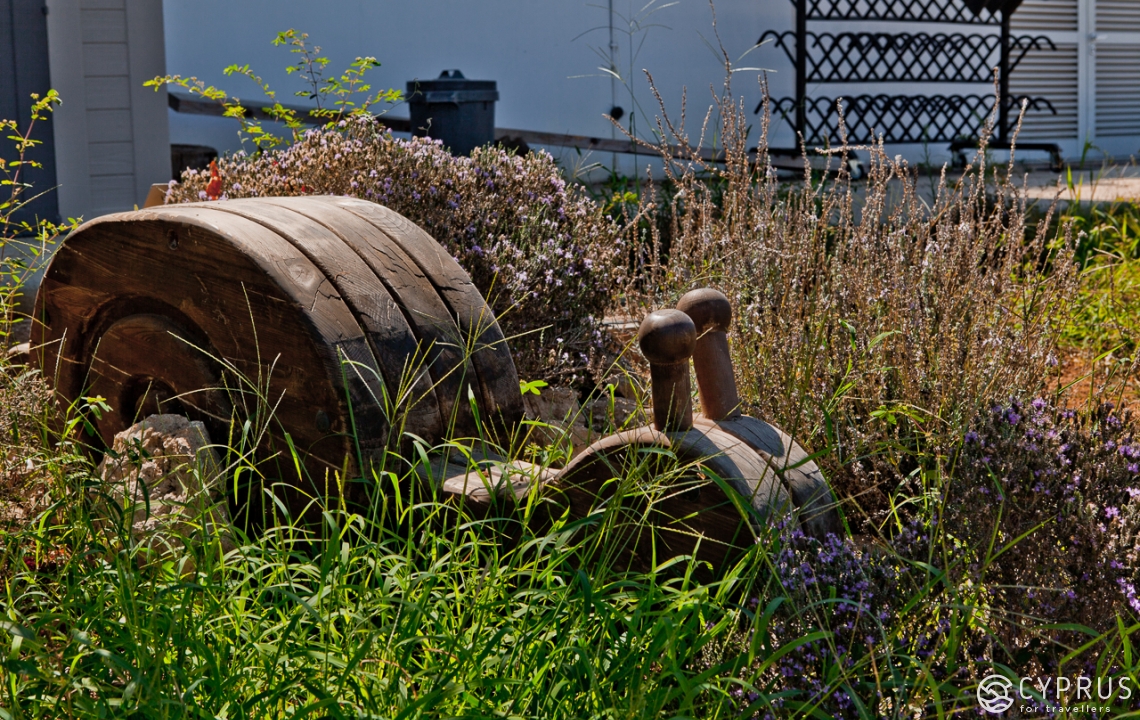
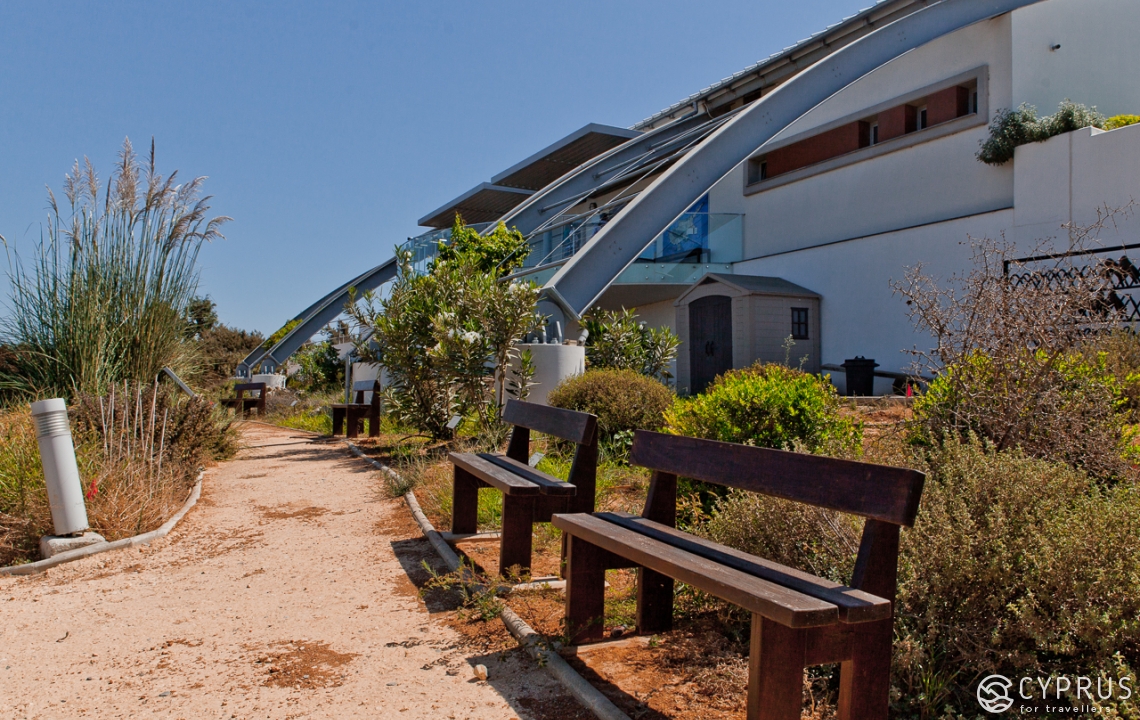
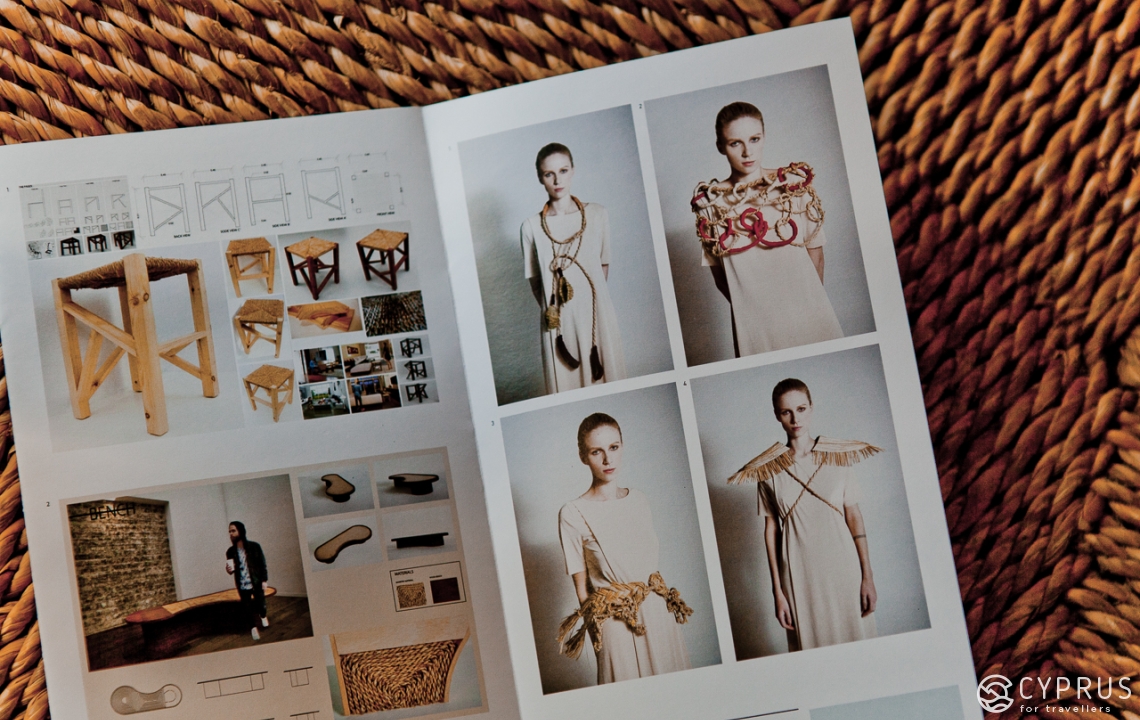
Basket-weaving workshops (located on the street next to Akrotiri’s Centre for Education). One can visit the workshops in the first half of the day, after passing along the Masters’ street (people weave baskets and others items close to their homes), all the basket weavers’ houses are marked with the sign “Basket Maker”. Visitors may have a small lesson in working with the reed and the opportunity to speak to the artisans themselves.
The Centre for Education is open: on weekdays 8:00–17:00, Saturday–Sunday: 10:00–17:00.
Free Entrance
Address: Queen Elizabeth Street (the main road in the village), 4640, Akrotiri +357 25826562, +357 99371359
For more detailed information about the Centre’s work in the sphere of ecological education, as well as on preserving the craft of weaving reed, please visit the Centre’s website.
-
The next port of call on our one-day trip around Akrotiri is the Monastery of Agios Nikolaos (known to the Akrotiri locals as “the Cat Monastery”).
By the way, if you decide to follow our route, then finding this place won’t be an issue: simply follow the road outside of the Centre along the lake and through the thicket of willow, shrubbery and reed.
The Monastery of Ayos-Nikolaos
One of the oldest dwellings, which according to legend, was founded by Saint Elena in the 4th century (approx the year 356). The structures here date back by and large to the 14th century. The monastery lies 2km from the centre of Akrotiri village, amongst fields and groves (see here for how to reach the monastery).
The mother of Emperor Constantine is considered to have left a piece of the holy cross here. The monastery is also known as the “Cat Monastery” (Agios-Nikolaos-ton-Gaton).
It has often been mentioned in travellers’ diaries, beginning in the 15th century, however a full recount is contained within the notes of Felix Fabri, a monk from the Order of Dominicans, who visited Cyprus twice, in the years 1480 and 1483. It refers to Agios Nikolaos as a remote monastery, “surrounded by snakes”; where the nuns residing there would keep cats in order to protect themselves from these poisonous reptiles. Further evidence relating to the 16th century comes from the medieval historian Stefano Lusignan. He also states the reason for Saint Elena establishing this dwelling here while she resided in Cyprus. It is also mentioned by a certain Kalokeros, who was appointed as governor at the same time.
After the establishment of Ottoman rule in Cyprus, the traveller Jacques de Villamont [4], who visited the island in 1588, wrote that the abbey remained almost untouched “having sustained no damage... from the Turks, who had taken Cyprus from the Venetians in 1570. However”, — he continues: “although the cats starved to death, their memory lives on in the name of the cape — Cape of Cats (in Italian it is pronounced literally as: Capo Delle Gatte)”.
In his book (Journey from Bohemia to the Holy Land, by way of Venice and the Sea, 1608), Kryštof Harant, another traveller, humanist and writer, paints his readers an eloquent image of cats and snakes close to the monastery buildings. Interestingly, his contemporary Beauvau notes: there were no cats at the monastery in those years, but it was always inhabited by several nuns.
During the 17th century, the monastery fell into decline and eventually became ruins. Nevertheless, in the 18th century, at the hands of the metropolitan Makarios I, its restoration began. To this day, the state in which the church has been preserved is most likely the result of his efforts. By this point, reviving monastery life in the walls of Agios Nikolaios was no longer a feasible plan; control of the dwelling was soon passed to a bishop from Kitas.
We can learn more about the monastery’s later history from the work of George H. Everett Jeffery), who in 1918 wrote the following: “Today the monastery… is merely ruins, where only the church and one cloister has endured: one can make judgements about the original [appearance of the monastery] based on these remains” [5].

On the subject of this landmark’s architectural features, the ornately arched doorway on the northern side of the church is characteristic of the Lusignan era: it has a cross carved into the centre with two coats of arms on the sides (one of them bears the image of the Lusignan lion). After restoration work inside the church, amongst other alterations, a contemporary style mosaic with an image of Saint Nicholas was added into the composition of the tympanum.
And so, some years later, in 1960, the church of the former Agios Nikolaos monastery had been repaired, and in the 1970s an old monk from the monastery of the apostle Varnavas began work on reviving it (to make it how it was initially, the moment it was founded). However, the man devoted to this cause died and didn’t have chance to finish his work. In 1983, two nuns from Agios Georgios Alamanos in Limassol renewed his efforts on reviving this legendary place. They are considered to have very much copied the Byzantine empress Elena, having decided to bring 100 cats to the monastery. As such, in 1991 on Saint Nikolas’ day, the nun Kassiani was appointed as its prioress, and into its territories settled the sisters’ tailed fosterlings. The monastery is currently run by the Bishop of Limassol…
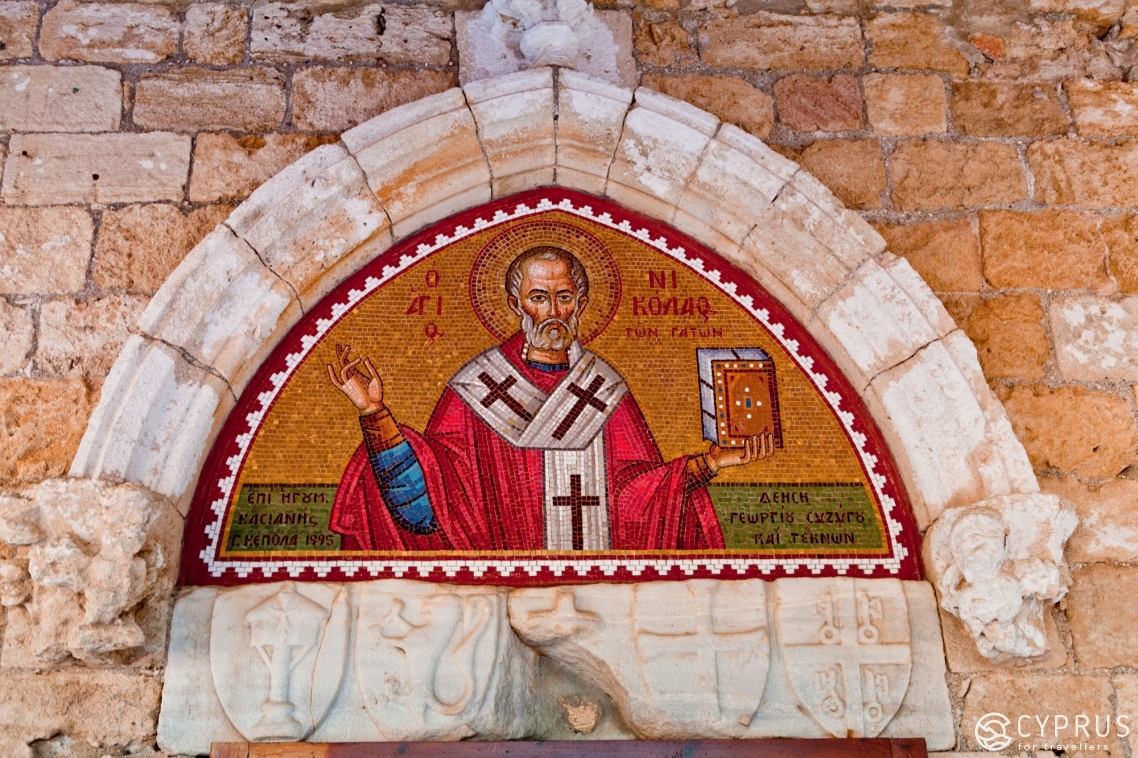
Having gone out of the gates, you will be shocked to see the preserved remains of the monastery’s former buildings, now massive stone ruins, allowing one to imagine the size and grandeur of this place in times gone by. A fruit garden is situated here (fig trees), an area with a picturesque oasis in its midst: by approaching more closely, you will be able to examine the ancient well (now out of use), as well as appliances for transferring the water.
As for the existing monastery, on the part of its ensemble which is accessible to the world, a surprising combination of the present day and fragments of past stone architecture can be seen: many architectural elements, which had literally been half erased by time and natural forces, have undergone serious alterations (they can be easily noticed thanks to the colour of the stone: white — modern insertions and additions; dark yellow — the old, original constructs and stone decor).
-
It must be said that while visiting the various historical sights and architectural monuments in Cyprus, you never cease to be amazed not only by their abundance and essential “inclusiveness” into modern reality and the conditions of Cypriot life, so much as by the particular ease with which local restoration workers approach the issue of altering and reconstructing old, “spent” these limestone structures. What also surprises is the decision making on the more “ethical” issues about the necessity, for instance, of adding to the original ensemble with contemporary mosaics, murals and annexes… which make sense to the modern man and are probably necessary for the monument itself, but clearly do not correspond with the canons and notions of the architects and stonemasons of past eras. For me, for example, this is still an open issue with regards to the cultural heritage of Cyprus…
-
Let’s return to Agios Nikolaos.
On its inner premises, only two galleries are open for access: behind the church and along the left wing of the single floor buildings. A picturesque flower garden lies in the centre, with the nuns’ quarters and a refectory located behind it and to the right.
Interestingly, the poem “The Cats of Saint Nikolaos” was devoted to Agios Nikolaos. It was written in 1969 by the Nobel laureate and native Cypriot Giorgos Seferis, with an epigraph from Aeschylus’ “Agamemnon” and only then in 1995 translated into English.
The Cats of Saint Nicholas
But deep inside me sings
the Fury's lyreless threnody;
my heart, self-taught, has lost
the precious confidence of hope . . .
Aeschylus, "Agamemnon"
'That's the Cape of Cats ahead,' the captain said to me,
pointing through the mist to a low stretch of shore,
the beach deserted; it was Christmas day —
'. . . and there, in the distance to the west, is where
Aphrodite rose out of the waves;
they call the place "Greek's Rock."
Left ten degrees rudder!'
She had Salome's eyes, the cat I lost a year ago;
and old Ramazan, how he would look death square in the eyes,
whole days long in the snow of the East,
under the frozen sun,
days long square in the eyes: the young hearth god.
Don't stop, traveler.
'Left ten degrees rudder,' muttered the helmsman.
. . . my friend, though, might well have stopped,
now between ships,
shut up in a small house with pictures,
searching for windows behind the frames.
The ship's bell struck
like a coin from some vanished city
that brings to mind, as it falls,
alms from another time.
'It's strange,' the captain said.
'That bell — given what day it is —
reminded me of another, the monastery bell.
A monk told me the story,
a half-mad monk, a kind of dreamer.
'It was during the great drought,
forty years without rain,
the whole island devastated,
people died and snakes were born.
This cape had millions of snakes
thick as a man's legs
and full of poison.
In those days the monastery of St Nicholas
was held by the monks of St Basil,
and they couldn't work their fields,
couldn't put their flocks to pasture.
In the end they were saved by the cats they raised.
Every day at dawn a bell would strike
and an army of cats would move into battle.
They'd fight the day long,
until the bell sounded for the evening feed.
Supper done, the bell would sound again
and out they'd go to battle through the night.
They say it was a marvelous sight to see them,
some lame, some blind, others missing
a nose, an ear, their hides in shreds.
So to the sound of four bells a day
months went by, years, season after season.
Wildly obstinate, always wounded,
they annihilated the snakes but in the end disappeared;
they just couldn't take in that much poison.
Like a sunken ship
they left no trace on the surface:
not a miaow, not a bell even.
Steady as you go!
Poor devils, what could they do,
fighting like that day and night, drinking
the poisonous blood of those snakes?
Generations of poison, centuries of poison.'
'Steady as you go,' indifferently echoed the helmsman.
Wednesday, 5 February, 1969
From George Seferis, Collected Poems, trans. by Edmund Keeley and Philip Sherrard, 1995.
-
Generally, it must be noted that entire pieces of research and articles have been devoted to the theme of cats and their role in the Renaissance era: one can find them mentioned, for instance, in the works of Professor Benjamin Arbel.
An interesting historical fact: the so-called cat species “the Cyprus shorthair” is an example of the oldest domestic cat and is directly linked to this monastery. According to legend, the Empress Elena ordered that hundreds of cats be brought to Cyprus from Egypt or possibly Palestine, in order to cleanse the island of the venomous snakes which had infested it (for as we know, Cyprus was once abandoned for over 300 years: due to a lingering drought and the appearance of snakes, the Cypriot people were forced to leave the island). Although, it is believed that genuine long haired cats already inhabited the island’s mountainous regions.
-
Once you arrive, you will find yourself on a car park surrounded by an old olive grove (this is obvious, as well as the monastery’s property) and become an object of marvel and active interaction for the multi-coloured male and female cats, albeit which are now small in number. Having established emotional contact, your new “guides” will accompany their “guests” around the monastery’s territory which is partly open to visitors; however, once your group has arrived to a place of particular intrigue to them, they will lose all interest in you.
Please note: due to tourists’ love for the monastery’s tailed inhabitants, a warning has been posted (in Russian — so now we know who takes particular sympathy towards the cats here!) stating it is forbidden to feed the animals.
Opening times: daily, 9:00–13:00 and 15:00–18:00.
More information can be found here.
After our visit to the monastery, we headed towards Agios Georgios and the shipwreck near its coast.
The Church of Saint George
If approaching the church by the road surrounded with garden trees and shrubs in bloom, you will see a memorial sign under the Greek flag, which then reveals a view of the church.
The ancient church (1 km from the village) is very interesting: it has a bell tower and rather small premises. The exact date of its construction is unknown, though most likely in the 17th century. The iconostasis is low (two tiered) displaying icons of old works: the Virgin Mary, Saint George (the temple is enclosed by a curtain), Jesus Christ and John the Baptist. The church was constructed from locally mined limestone, and due to their double-bricking, its walls can be distinguished by their significant thickness.
A spring is located on the church grounds.
We paid attention to the fact that no icon lamps were lit inside the church, while those coming to pray were given the opportunity to light candles outside and place them in a specially equipped area for burning. Such customs are evidently linked with how the church is practically always open and this is simply a necessary measure of precaution.
Information is available by the entrance for those wishing to know about religious ceremonies etc. Around the entrance, like an oasis surrounded by flood plains and nearby sand dunes, there is a fenced garden (pine, eucalyptus and palm trees), while opposite lies a neglected park, where young seedlings were recently planted: pines, carefully tied down and covered with mat and film screens to protect them from the strong sea breeze. There is also a large, round arbour (“awning”) with some peculiar wooden furniture. As such, there is an opportunity to sit down for a while, get your breath back and maybe have a nibble on something you brought along for the journey.
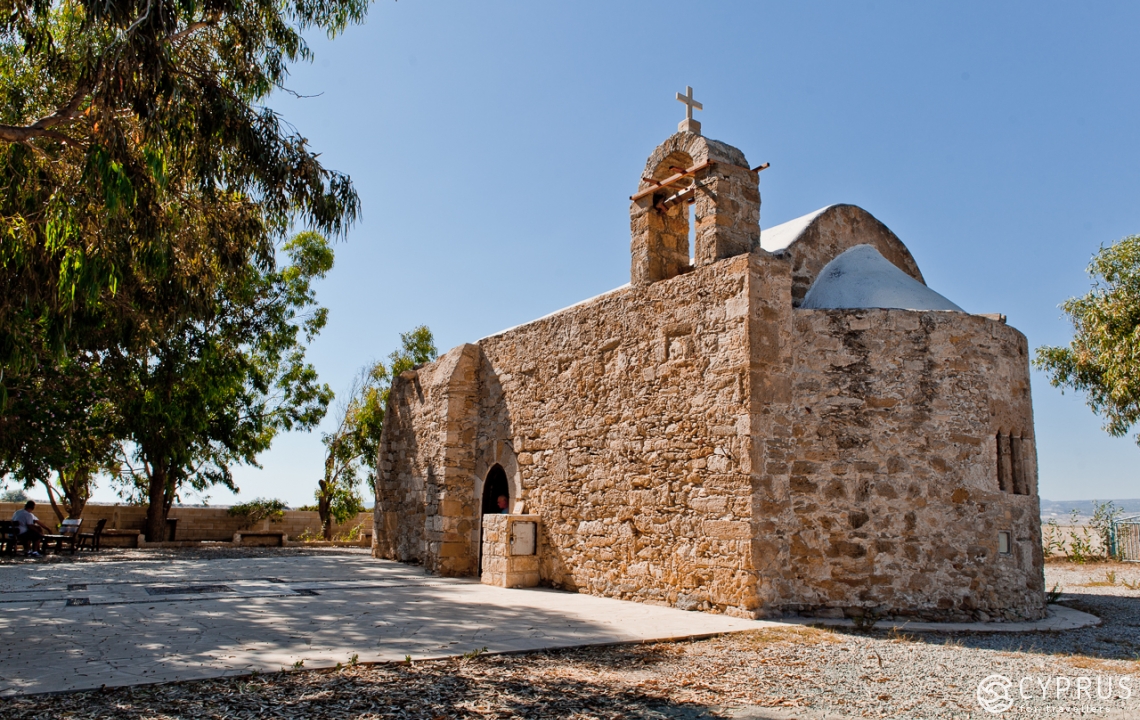
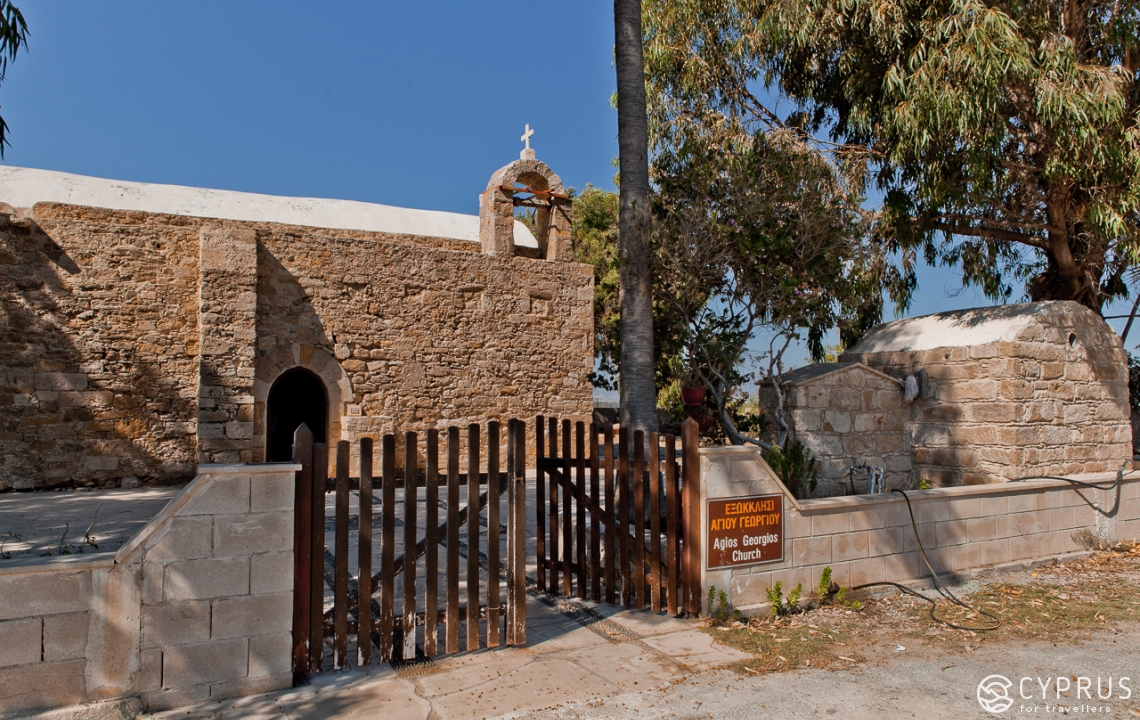
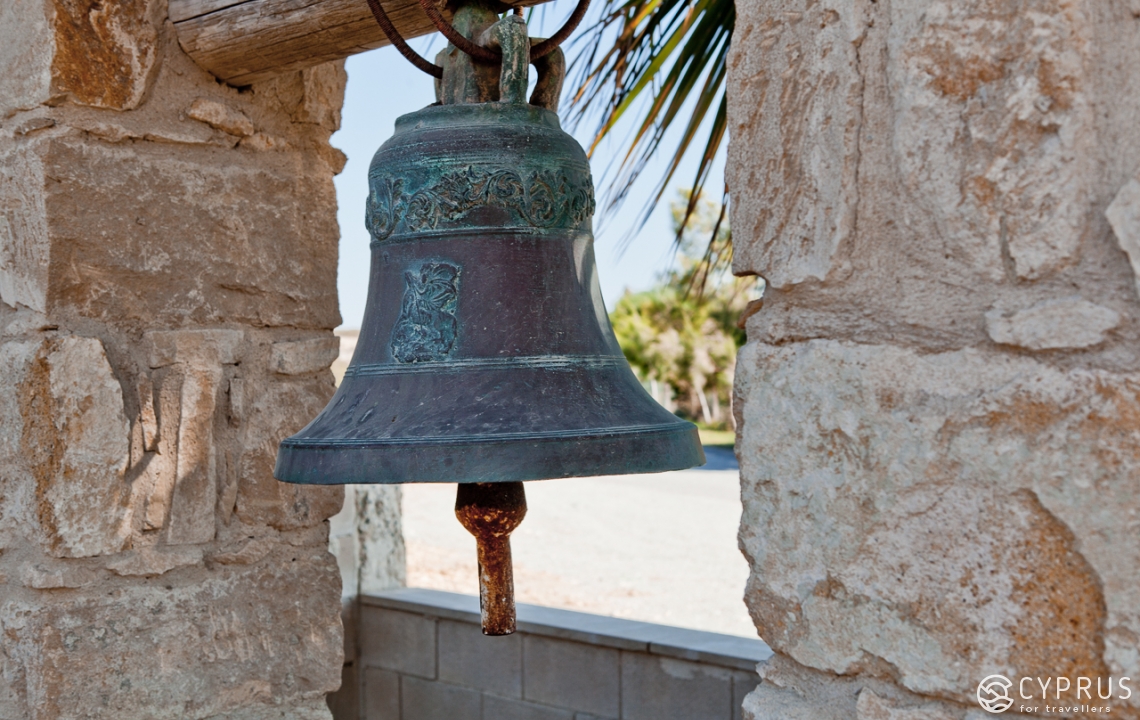
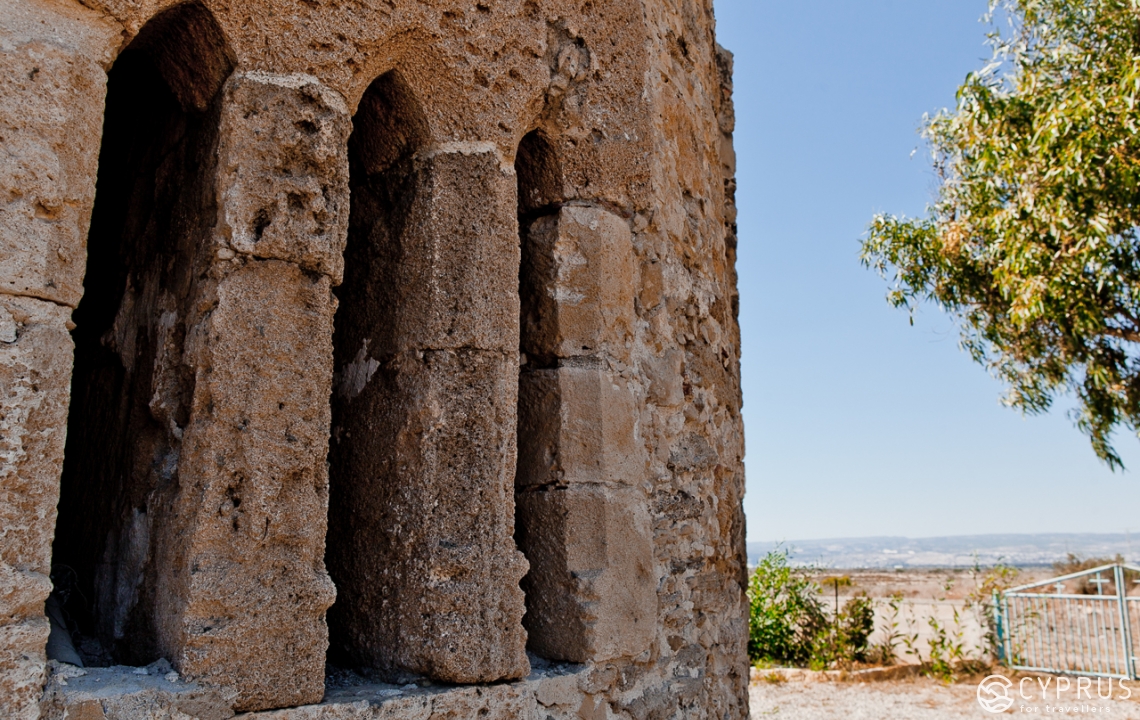
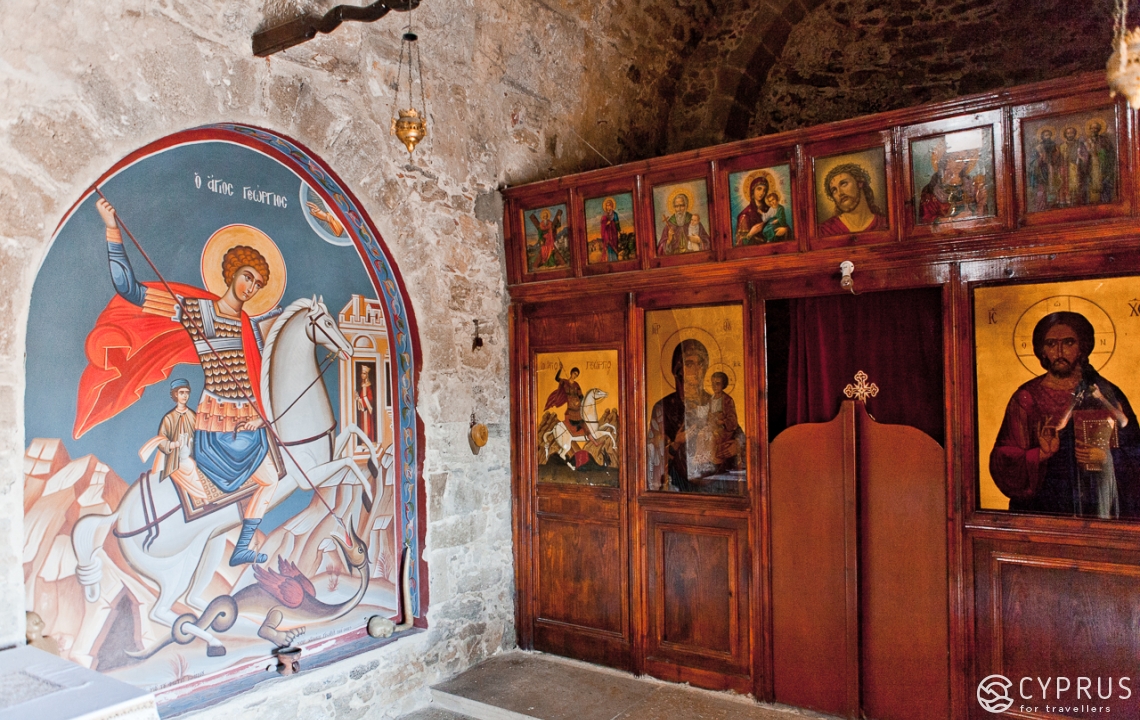
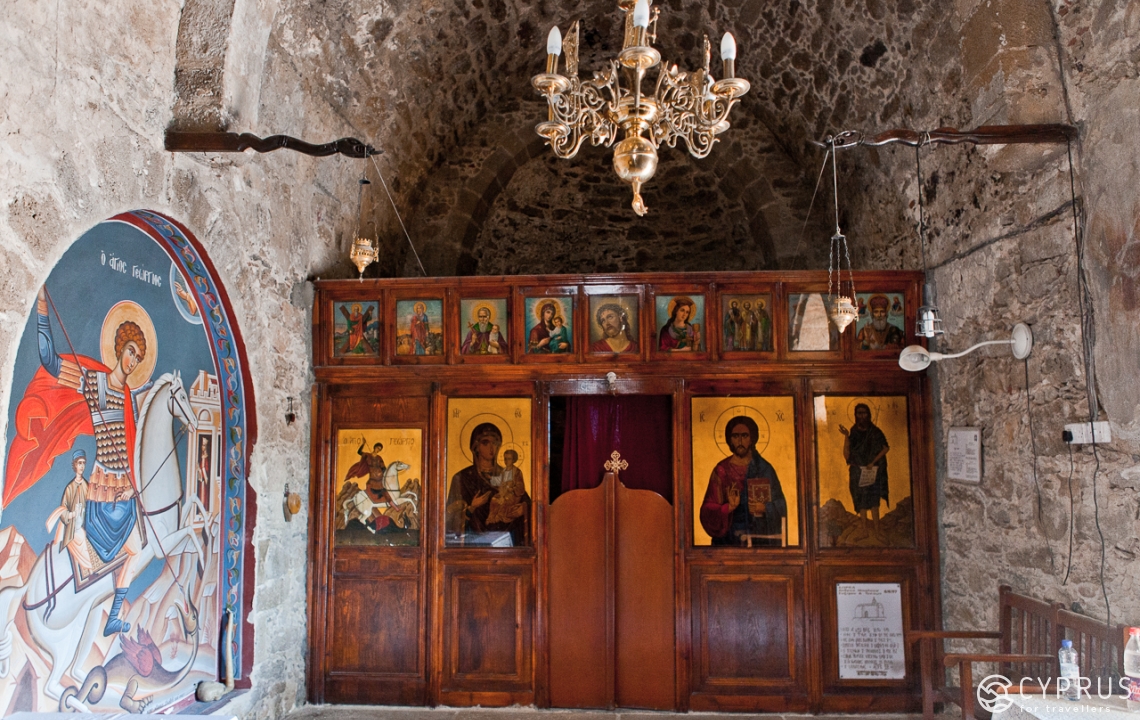
One small detail: Seemingly due to the fact that we are on the territory of a nature reserve, or potentially for some other reason, various spots “for visiting” in Akrotiri do not have any stalls or sell drinking water.
However, I must quickly remind you: it is always possible to have a snack and grab a drink once you have returned to Akrotiri village, or if you head for the neighbouring village of Kolossi, various snack bars, pizzerias, sweet shops and bakeries are open there.
But we’re setting a course for the sea….
The Hull of “Achaios”
The waters off the coast of Cyprus are famed for the numerous shipwrecks which have occurred there rather often over the centuries. The likelihood was so high due to the island always being situated in the crossroads of large shipping routes in the Mediterranean, with many different vessels constantly passing nearby.
The ship “Achaios” was built in 1932 and at one time was under the ownership of the company Akarnania Maritime Co. It was a dry-cargo vessel, ferrying timber from Yugoslavia to African countries.
In 1976, while it was once out in the Mediterranean, a terrifying storm suddenly began and the ship ran ashore on the Akrotiri peninsula, gradually careening and plunging under the water. All the crew members were rescued.
Due to the shallowness of the water (close to 7 metres) the upper part of the ship still stands above the sea’s surface, an impressive sight for tourists and a reminder of how treacherous the waves can be.
Nowadays, the combination of the coast, a view of the sea and the rusty hull of a marooned vessel makes for a rather interesting spot for a photo shoot. The only issue is that getting to this “option” in Akrotiri requires switching to an off-roader (which we did) and literally galloping over the stony ground, occasionally crossing over to the sandy hills and dunes, towards the sea.
Despite the seemingly close proximity to this wild beach (a large pebbled beach) with the waves boiling in the wind and its wonderful freshness taking your breath away — reaching the “ship” isn’t that simple: the flat plains have been trampled in every direction possible so you won’t immediately find the needed “track”.
Still, the open view of the sea and the large gulf in their own right can be a good bonus addition to this trek.
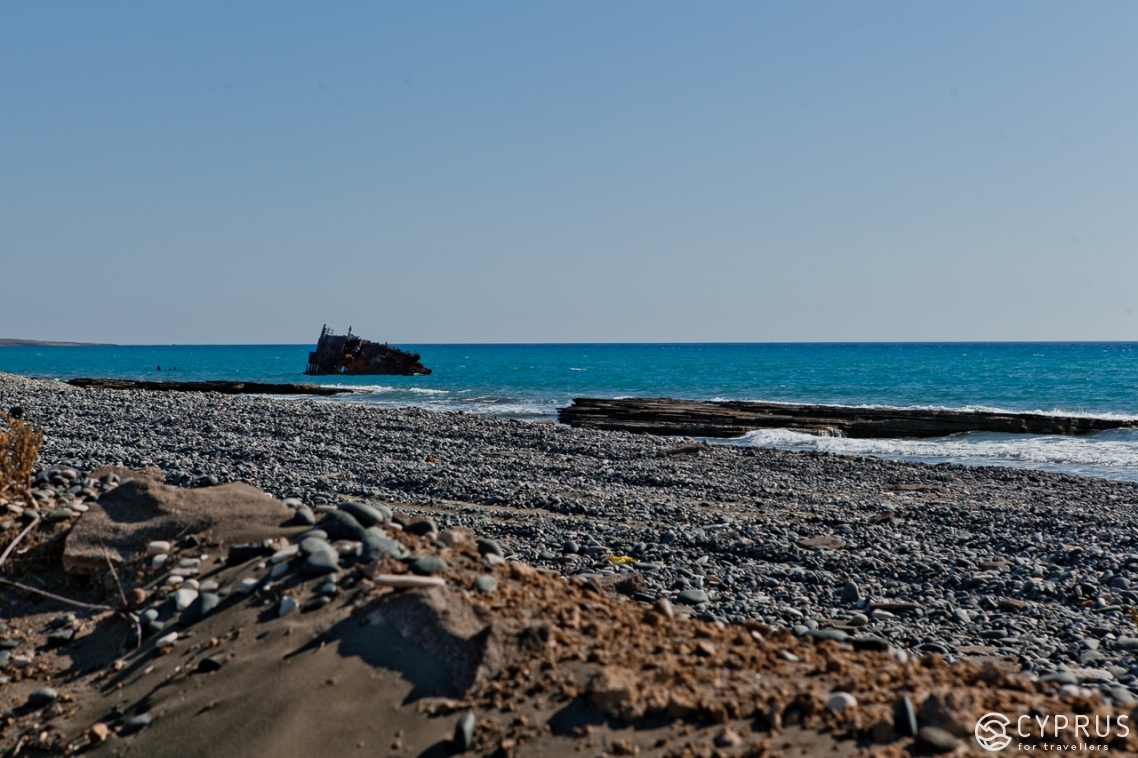
Turtle Beach
If you have a desire to stay by the sea for a little longer and get acquainted with its surroundings, then by moving further along the beach (towards the Cape of Cats or Capo-Gata (on maps as Cape Zevgari) you will find yourself in the “domain” of sea turtles: the aquatic reptiles swim to shore and use this territory to lay their eggs in the sand.
There are two species which nest here: the loggerhead (Caretta Caretta) and green sea (Chelonia Mydas) turtle. Dozens of egg batches are regularly discovered here by observers, which are then marked and fenced off until the babies have hatched.
A friendly word of advice: please be careful and try not to alarm the nests situated here. They are very sensitive to bright light, noise and the impact of machinery!

The Marsh and Flood Plains of Akrotiri
Now, as we find ourselves in a rather wild location, surrounded by farmland and fencing, lost in the depths of bush and reed thickets (grassland which has existed here for a long time and due to it being the raw material for craftsmen and the natural home for the peninsula’s rare plant life, its destruction is strictly prohibited); we will move towards one of the marshes in Akrotiri.
As we have learnt, this place is very popular amongst those who love nature and strolls in the open air. In addition, many people prefer this particular spot for observing aquatic birds.
There are two specially equipped, albeit rather short pedestrian foot paths, both of which have information stands displaying map diagrams at the start of their routes. There are also spots for observing migratory birds, who seasonally live in these reeds: “a tower” and hidden “stall”).
If you stopped by one of such markers (info stands) at the start of the small path heading towards the observation point, then you won’t have missed the opportunity to look at and even “get to know” the local cows, whose calves — young bulls and cows — mindlessly skip over the grass, while the adults rise with difficulty and lazily make their way to the fence, in no hurry to take a good look at their new visitors.
Attention: the administration asks all the reserve’s visitors to observe caution and not climb over the fencing, for the animals are roaming freely around the field and ideally should not be disturbed or fed. In addition, as is stated in the booklets: the traditional breeding of cattle on these grasslands is one of the necessary conditions for preserving the balance of vegetation growth, therefore not everything is as simple as it may seem.
Regarding Akrotiri’s flood plains and wetlands, from April 2015 through March 2017 an eco project was implemented here, sponsored by the Darwin Initiative (Darwin Plus, the Overseas Territories Environment and Climate Fund) in conjunction with the British government. Its task was to implement measures on managing and restoring the resources of Akrotiri’s wetlands, directed at creating areas for wild animals to inhabit and restoring the value of biodiversity... as well as creating and developing new socio-economic opportunities for the peninsula’s local community.
And so we’ve arrived at the viewing platform, observed some of the area’s feathered inhabitants and discovered who we could have met had we come here in a different season, for instance, swifts, swallows, ducks, orioles, various species of cuckoo, owls, herons, tits and ravens. By the way, did you know that these regions in particular are one of the nesting spots (one of few in the whole world) for the Ferruginous duck?
While we were studying the cornucopia of bustling and echoing, in front of the viewing window, amidst the birds going about their lives in the reeds, a young, red cow “flew” across one field to another — it wanted some interaction, and due to the heat the water had stayed rather far away from the coastal ridge. Mostly likely, the animals, separated by the fencing on land, visited each other during the dry season.
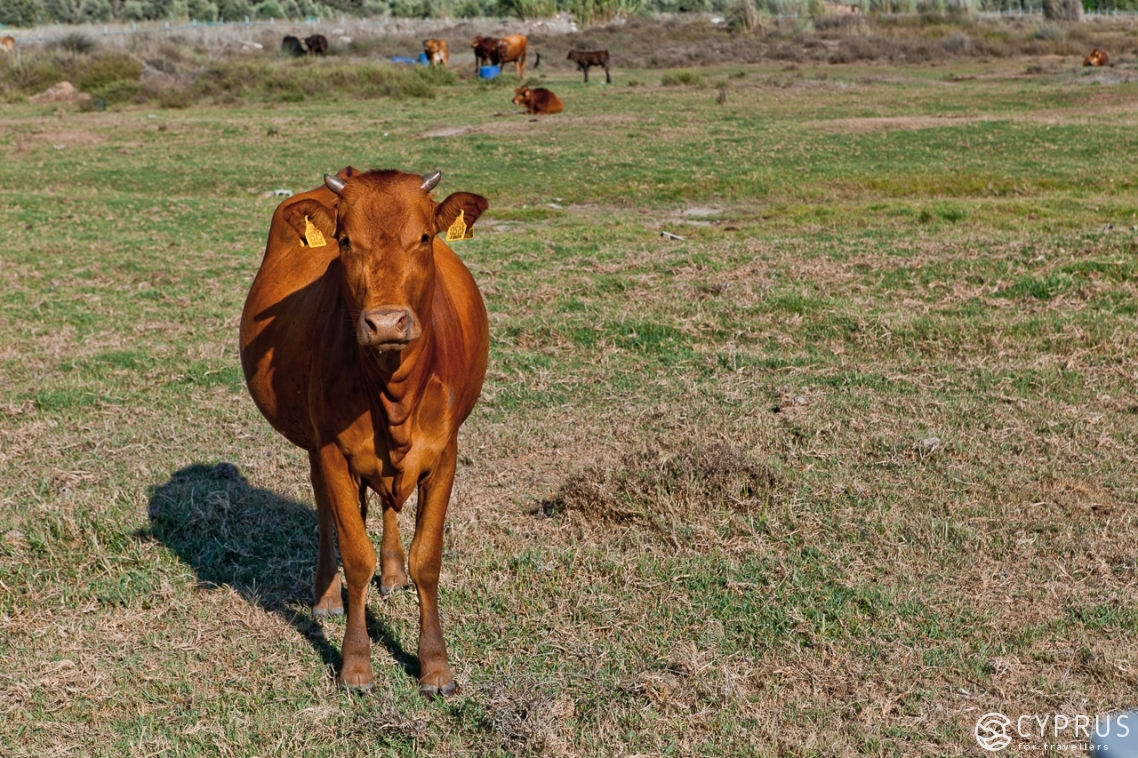
And so, our journey to the Akrotiri peninsula has been both eventful and interesting…. Though we have managed to do so much in this one day, other places still remain to be visited — something which you can discover for yourselves.
After all, as you can hear in the reviews of those who have already been here: one visit to Akrotiri is by no means enough time to learn about this region and properly enjoy its distinctive nature and natural diversity.
In addition, each season reveals these places in its own peculiar way, giving them new shades of colour: in spring the orchids and birds which have flown here to nest add vivacity and a hubbub to the thickets of reed and the flat plains; summer bears witness to turtles swimming onto the coast to lay their eggs — a special experience to witness the triumph of life in these areas amidst the grandeur of the sea’s waves; autumn brings a heavenly pantomime of thousands of different birds, flying to the salt lake for winter nesting; winter here, in all its magnificence, sees the appearance of the exquisite pink flamingo, which tourists come to marvel at from many countries of the world.
We must remind you that during your journey across Akrotiri in the summer season, there will always be a beautiful area to stop and relax:
Lady Mile’s Beach
One of the longest and most popular in the districts of Limassol, located along the eastern extremity of Akrotiri, stretching over more than 4km. It is famous for its cleanliness and comparatively shallow waters, gently sloping bottom and soft grey sand — an excellent spot for a family holiday. Also, during the swimming season, you can always find several cafes and restaurants around, as well as taverns with fish and other traditional cuisines.
Lifeguards with the necessary equipment and first aid services are positioned on the beach from April through October from 9:00–18:00.
Getting there:
By car: from Limassol (25 minutes) along the A1 motorway, continuing onto the A6. Then head for Kolossi along the B6. Afterwards, turn to the right (away from Petrolina gas station) onto Bishop Makarios street and continue to the fork for Konstantinou-kai-Elenis and Queen Elizabeth street. Parking is available by the Educational-Information centre.
By bus: Take the 19A from Limassol. See here.
For more information about Akrotiri, see here.
[1] On the 20th March 2003 the wetlands system, the Salt lake and flood plains were all acknowledged as objects of international importance under the 1971 Ramsar Convention.
[2] Since 2010, the local administration has been headed by G. Stacey. As of 1952, all appointments here have been exercised by order of Elizabeth II. Only in 1995 did British troops officially grant the Cypriot population permanent residence on these lands.
[3] Information regarding extinct species — or more accurately, animal species which could be seen on the island in the distant past and have since been wiped out — is available in some of the island’s museum collections. For instance, in the rare artefact collection of The Pancyprian Museum (http://cyprusfortravellers.net/review/muzei-kipra-muzey-pankiprskoy-gimnazii-v-nikosii) or at the Ayia Napa Sea Museum http://cyprusfortravellers.net/review/muzei-kipra-muzei-ayya-napy-morskaya-saga. It is well known that the island was inhabited along its coast during this era, while its central part was covered by impassable forest thickets.
Dwarf elephants and hippopotamuses arrived, attracted by the island’s rich and abundant greenery (by the way, the shoulder height of pygmy hippos never exceeded 75 cm, while the weight of a “small” elephant was in the region of 200 kg). It is believed that once they had reached the shallows, predators would come (swim) to prey on various game.
[4] Original: Jacques de Villamont, Les Voyages du Seigneur de Villamont (Paris: De Monstr'oeil & Richer, 1598).
[5] Nowadays the aforementioned gallery is a part of the monastery’s restoration ensemble. Source: George H. Everett Jeffery, A Description of the Historic Monuments of Cyprus: Studies in the Archaeology and Architecture of the Island (London: Zenon, 1983).
Stay with us and see you soon!
